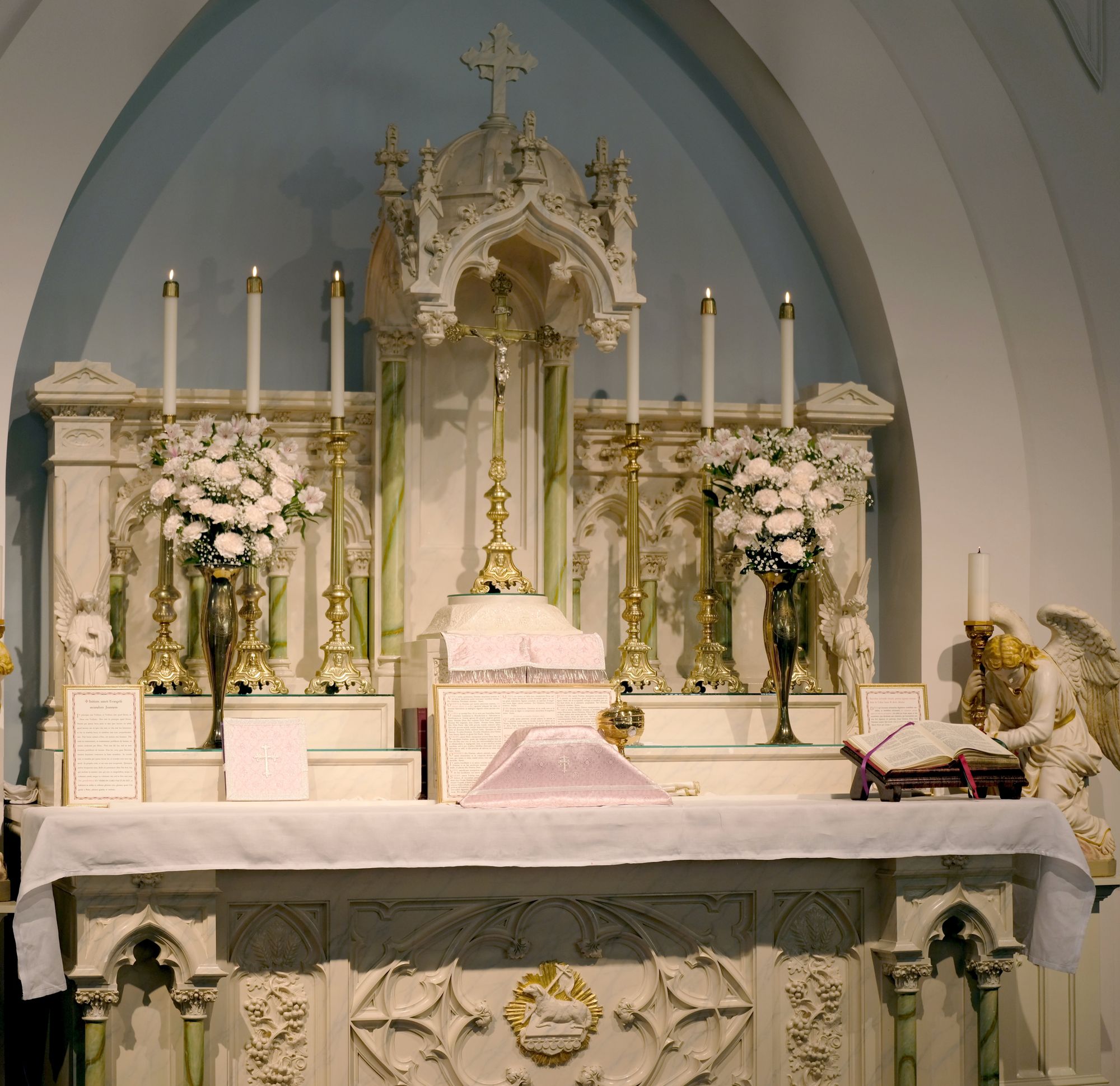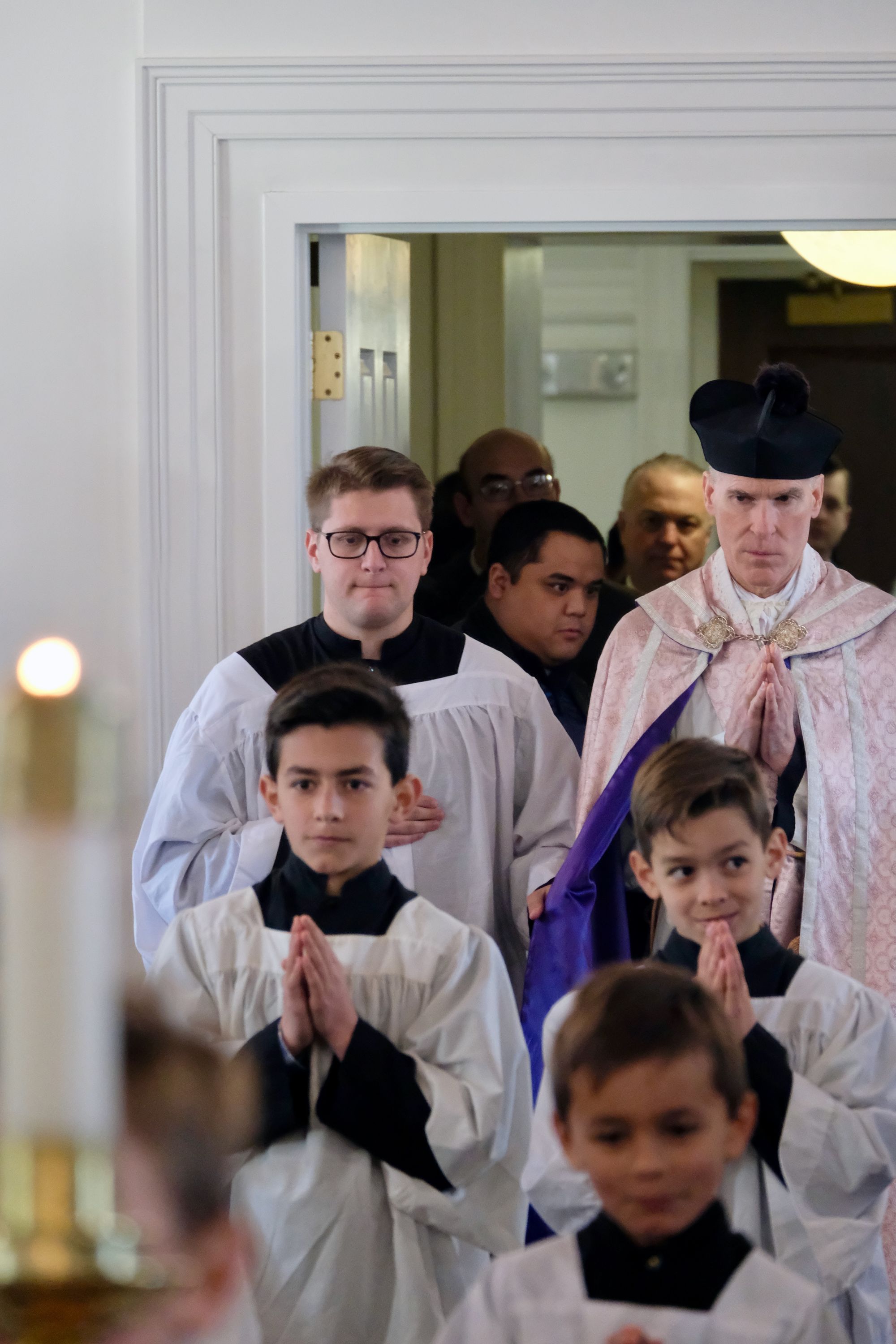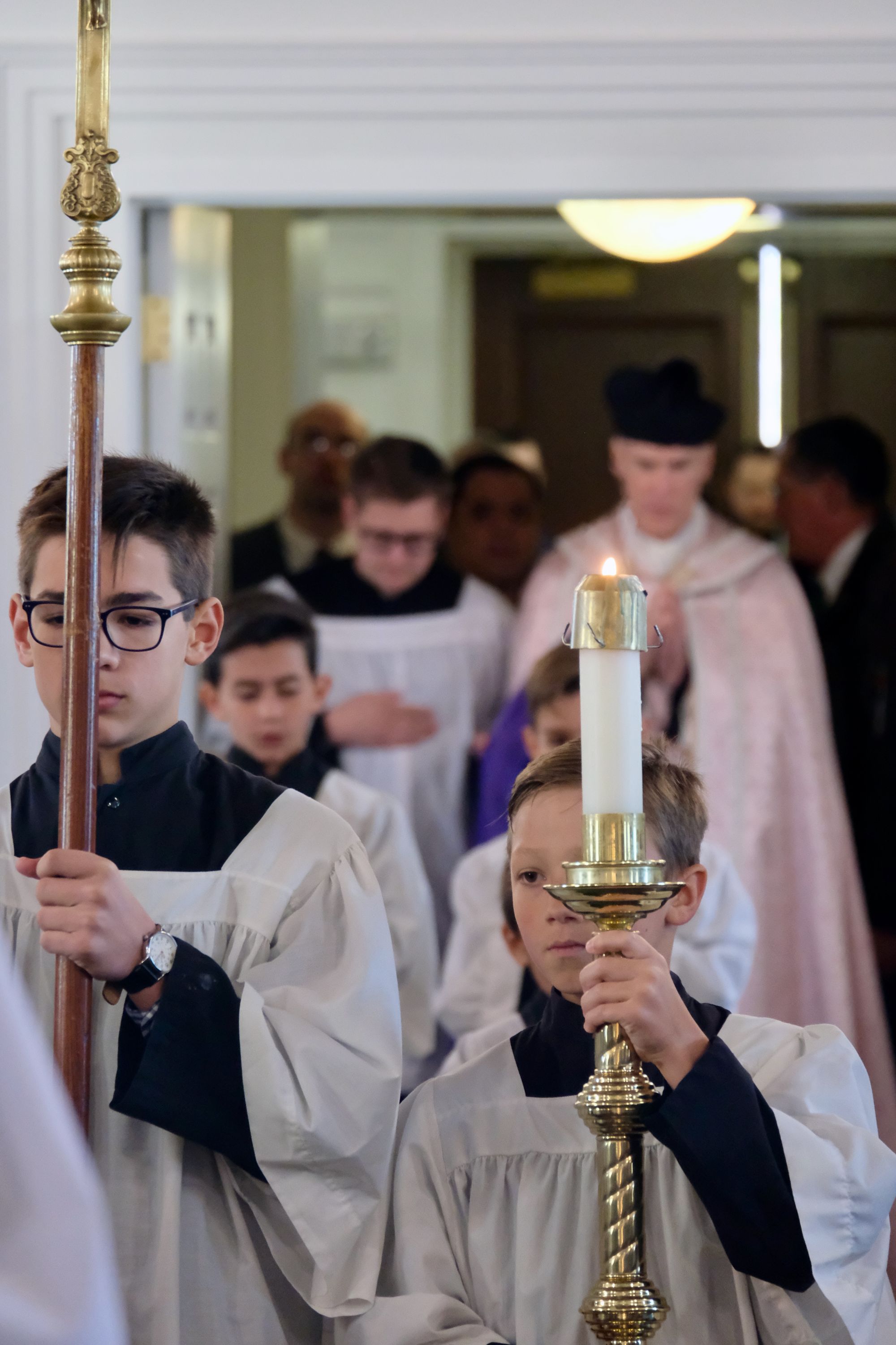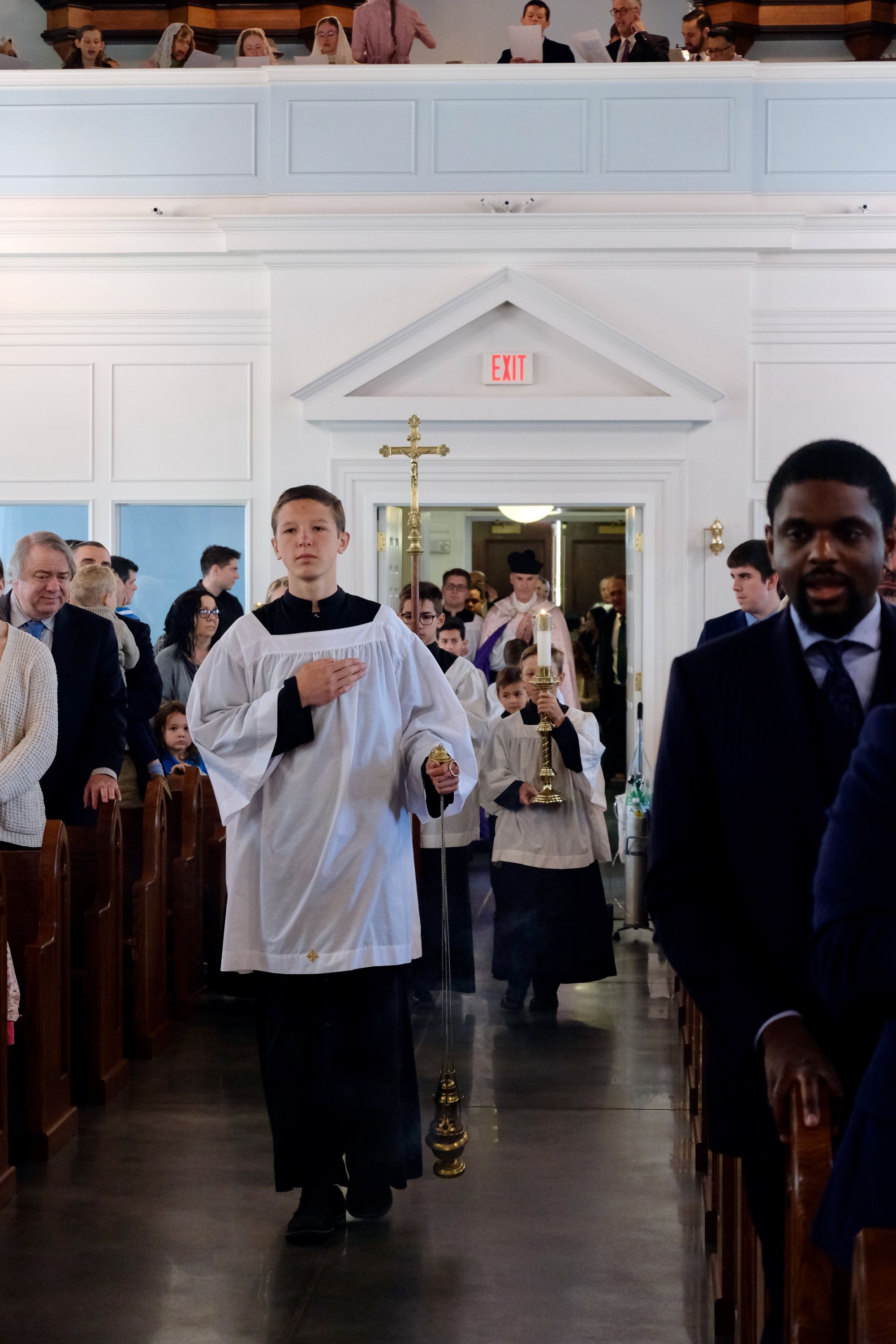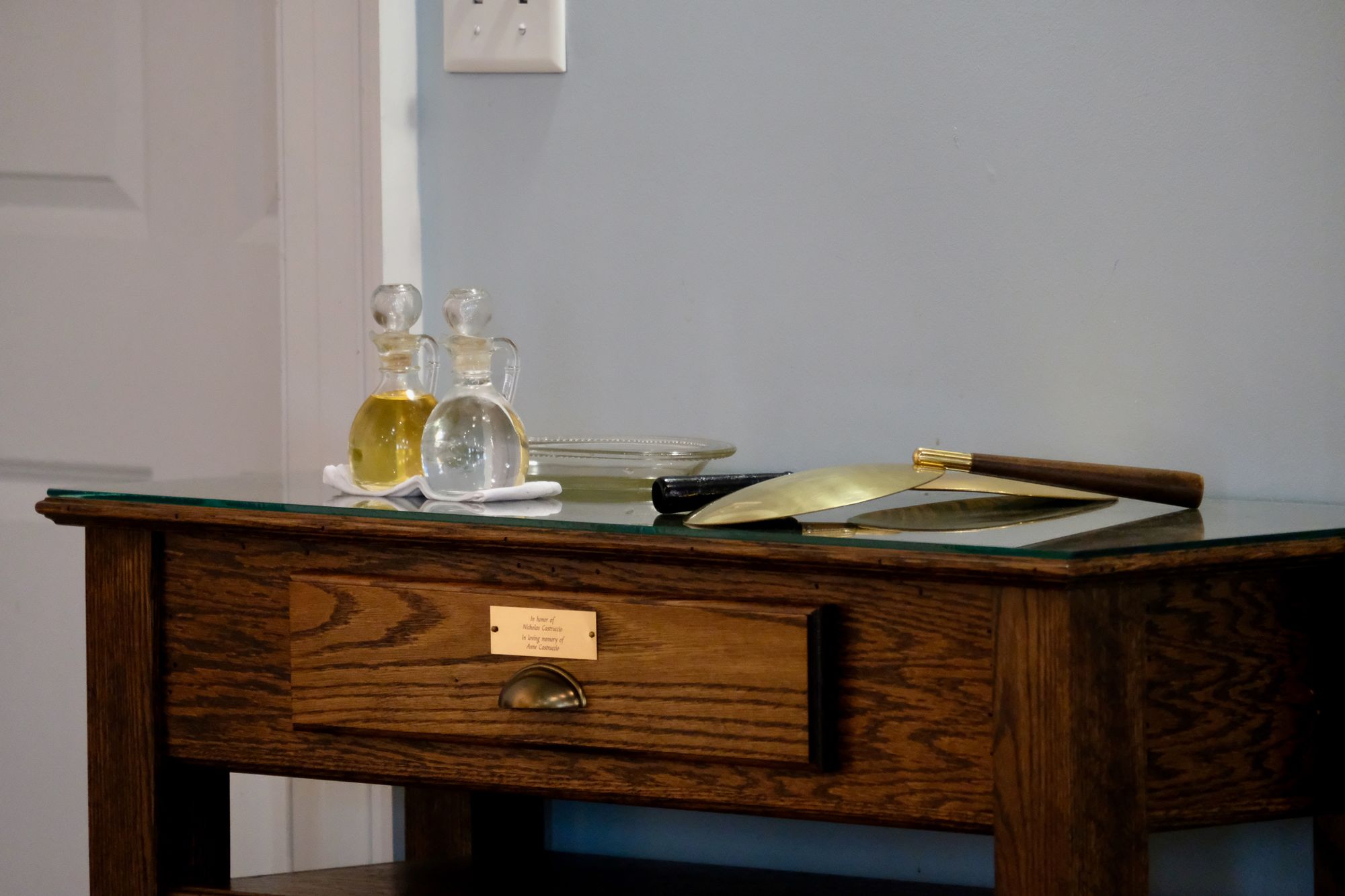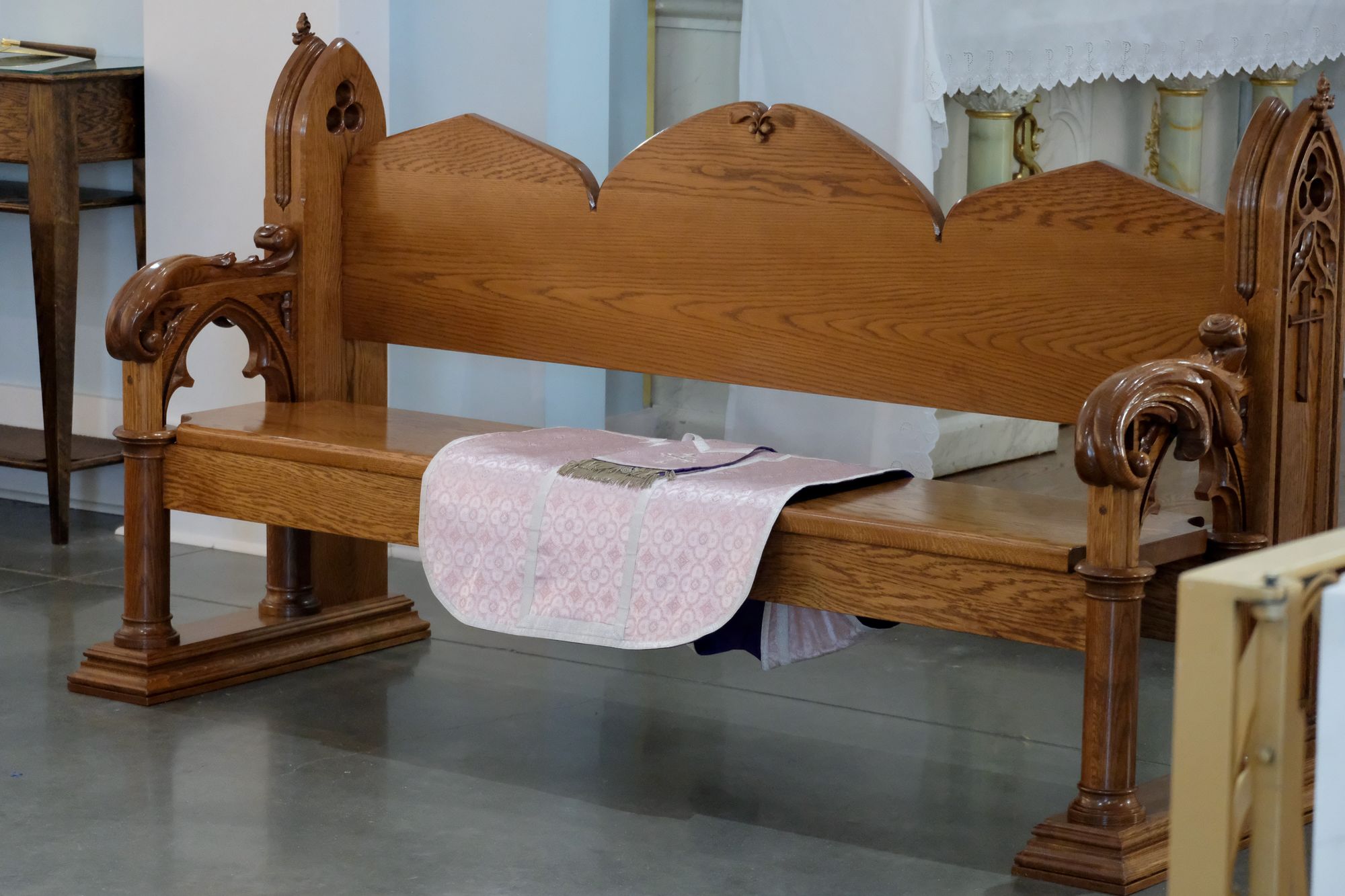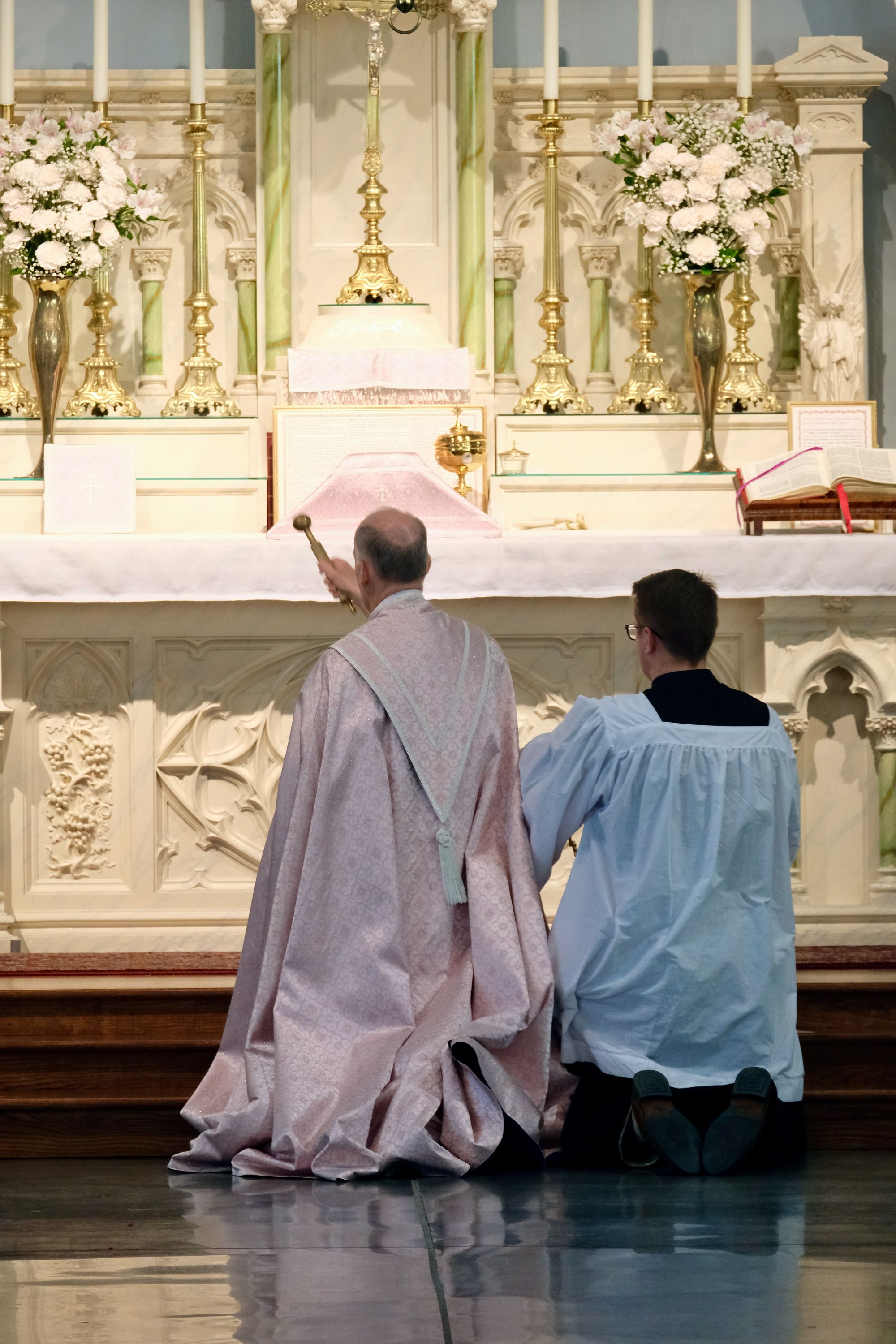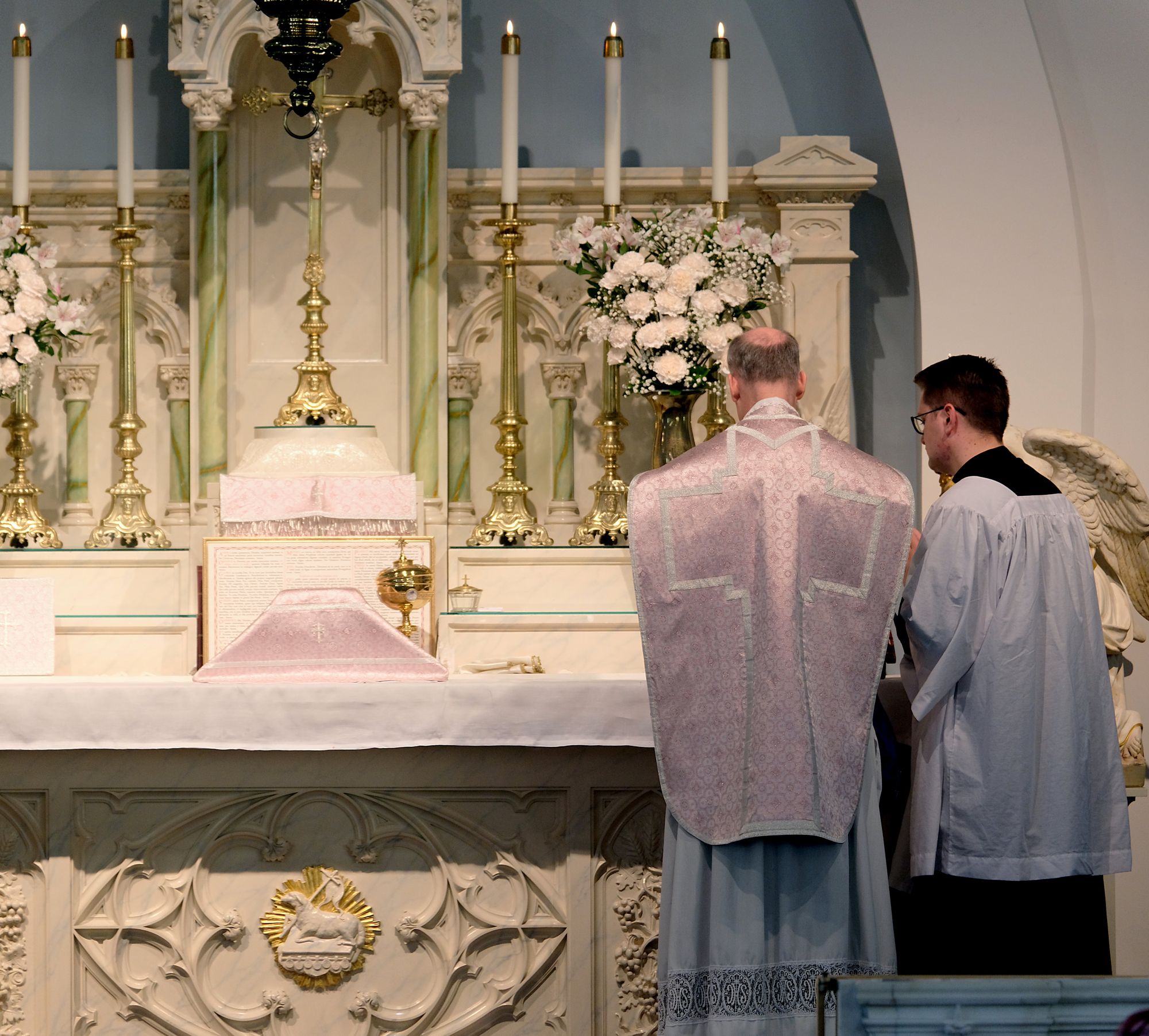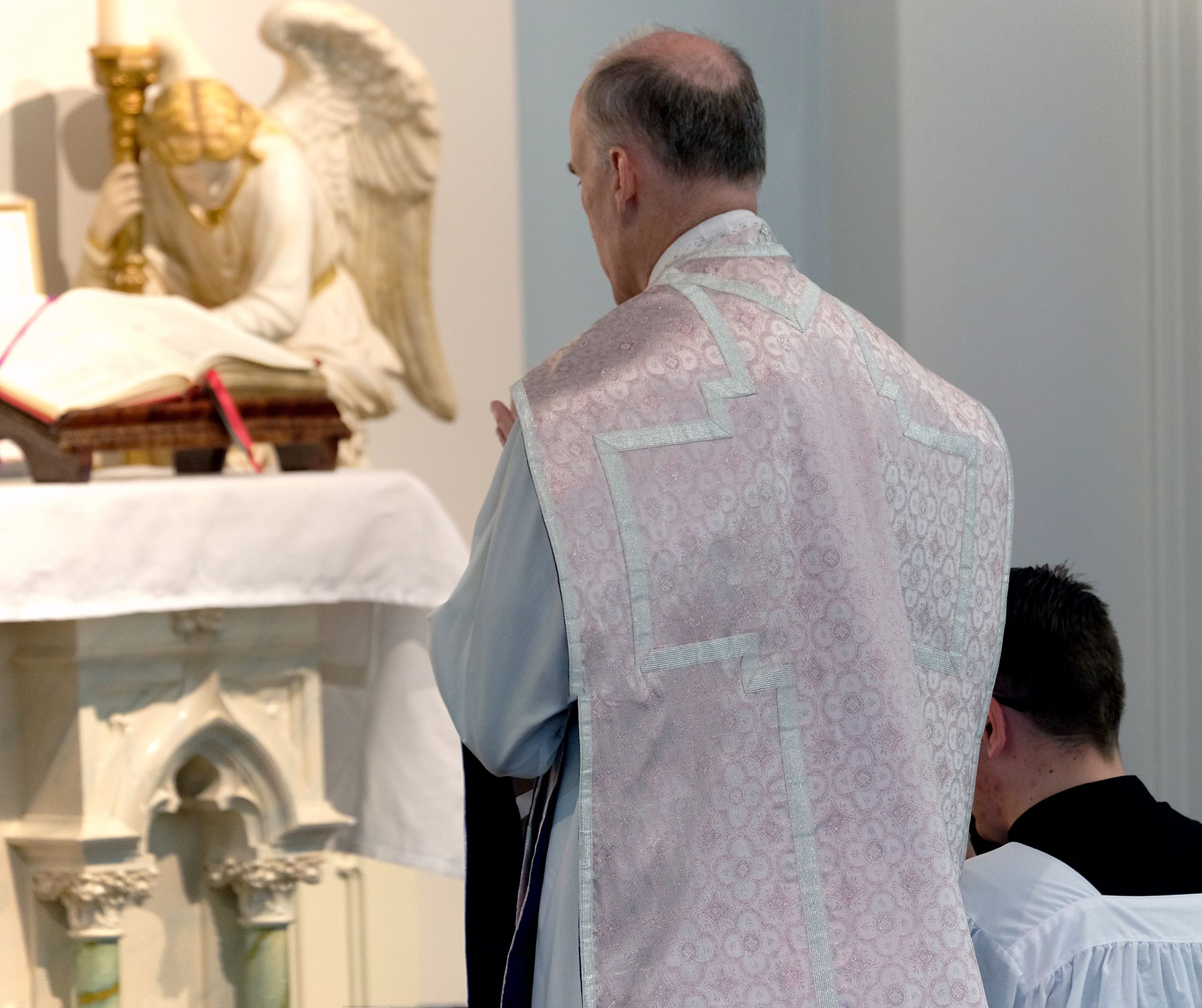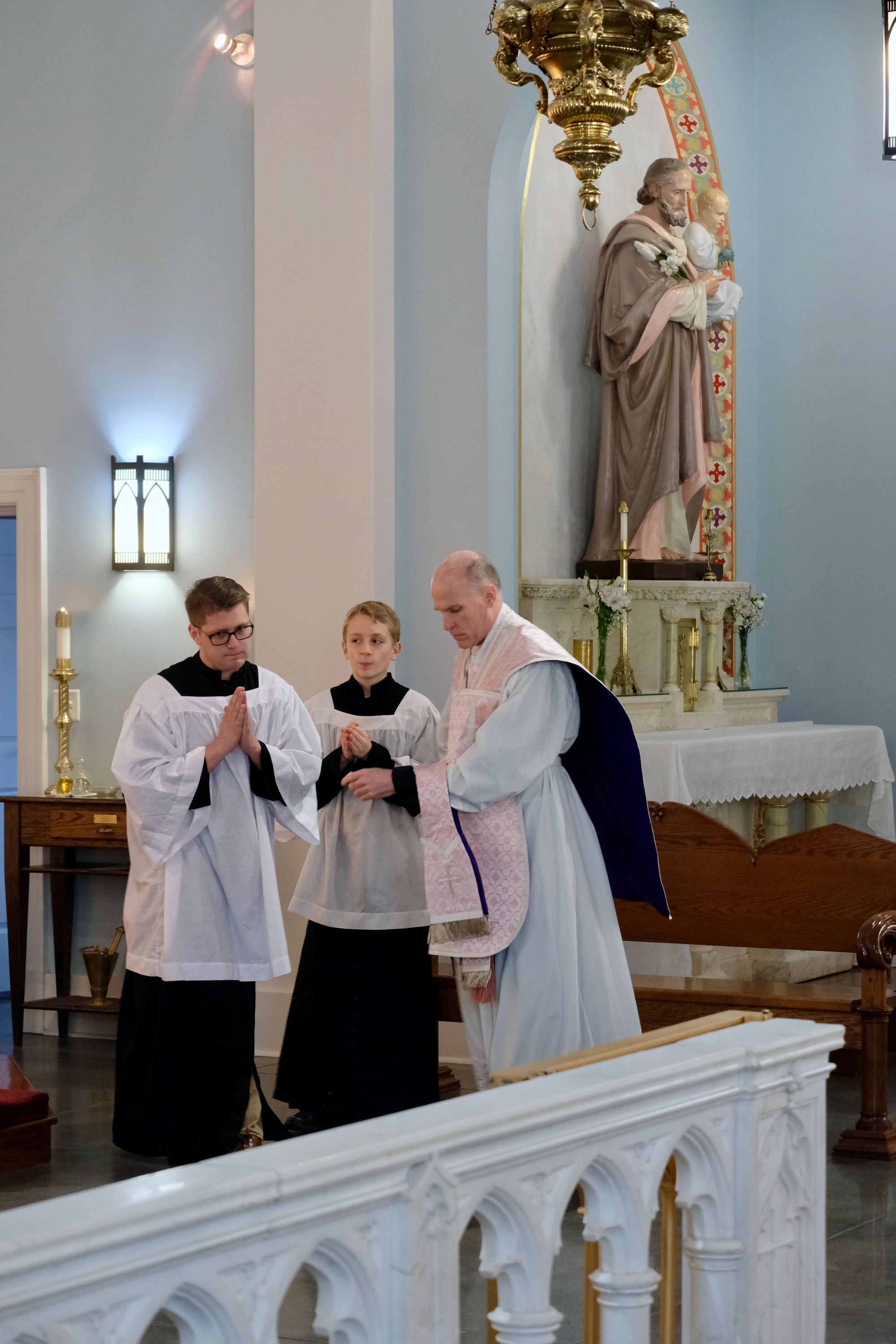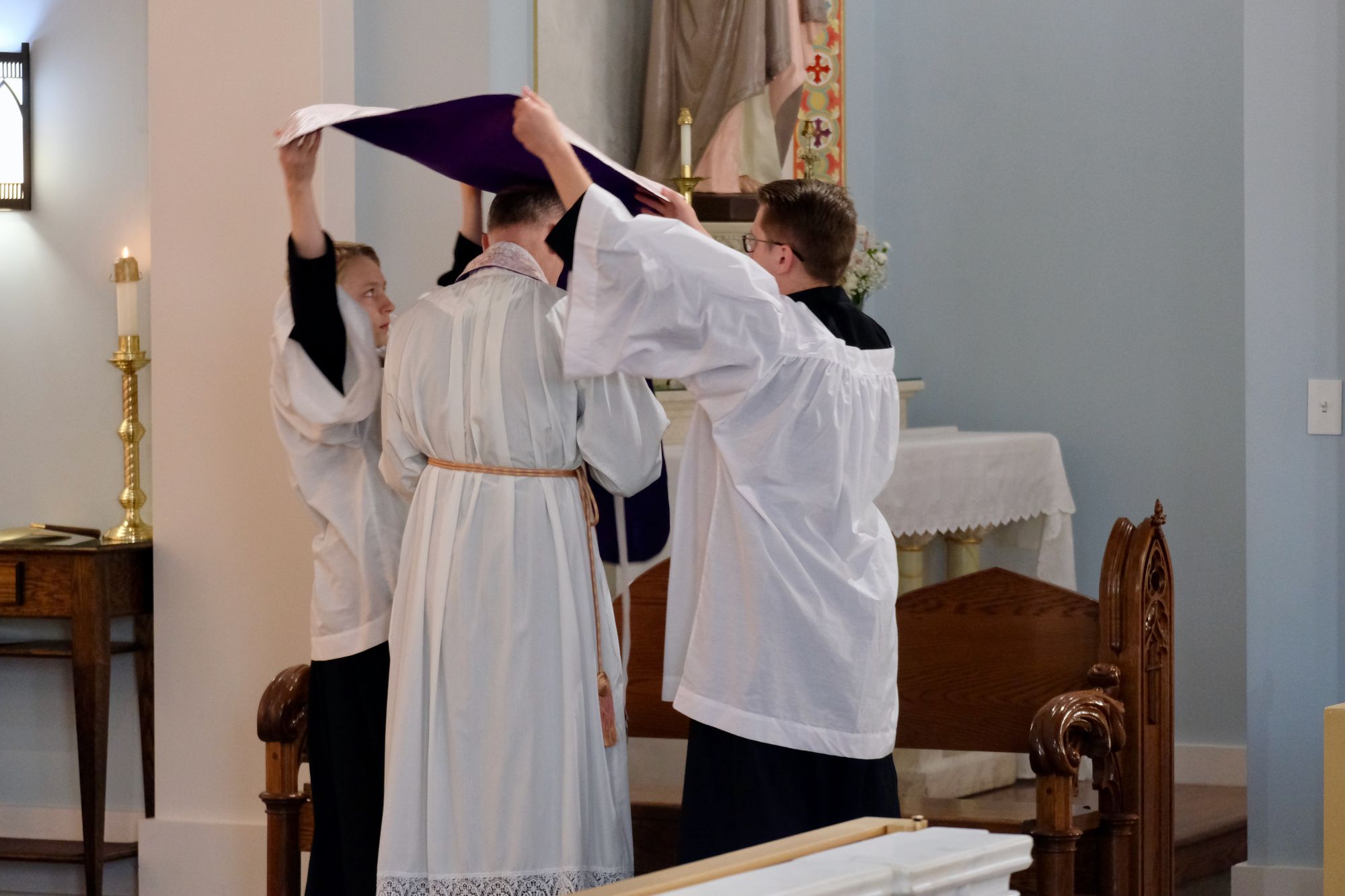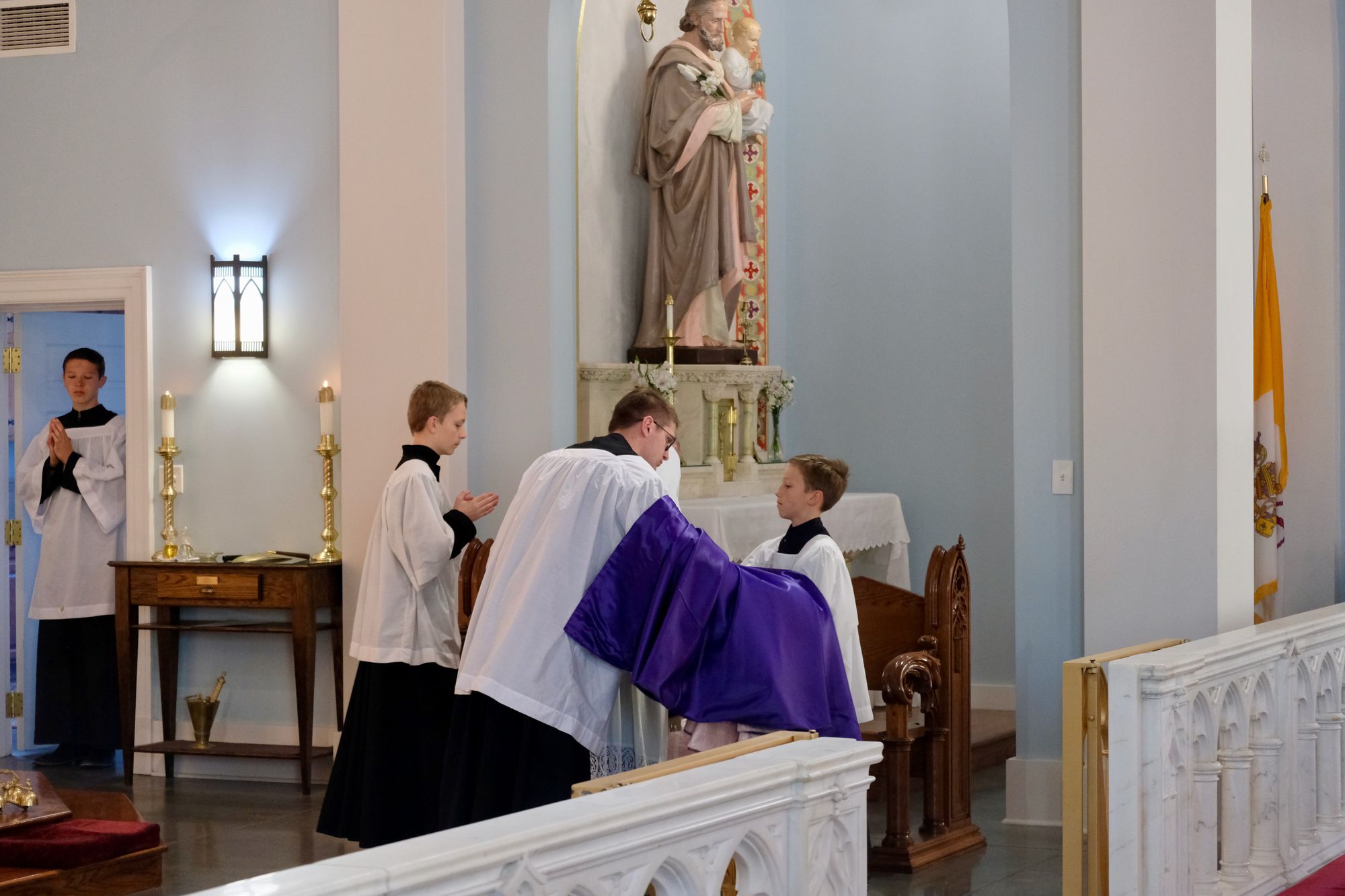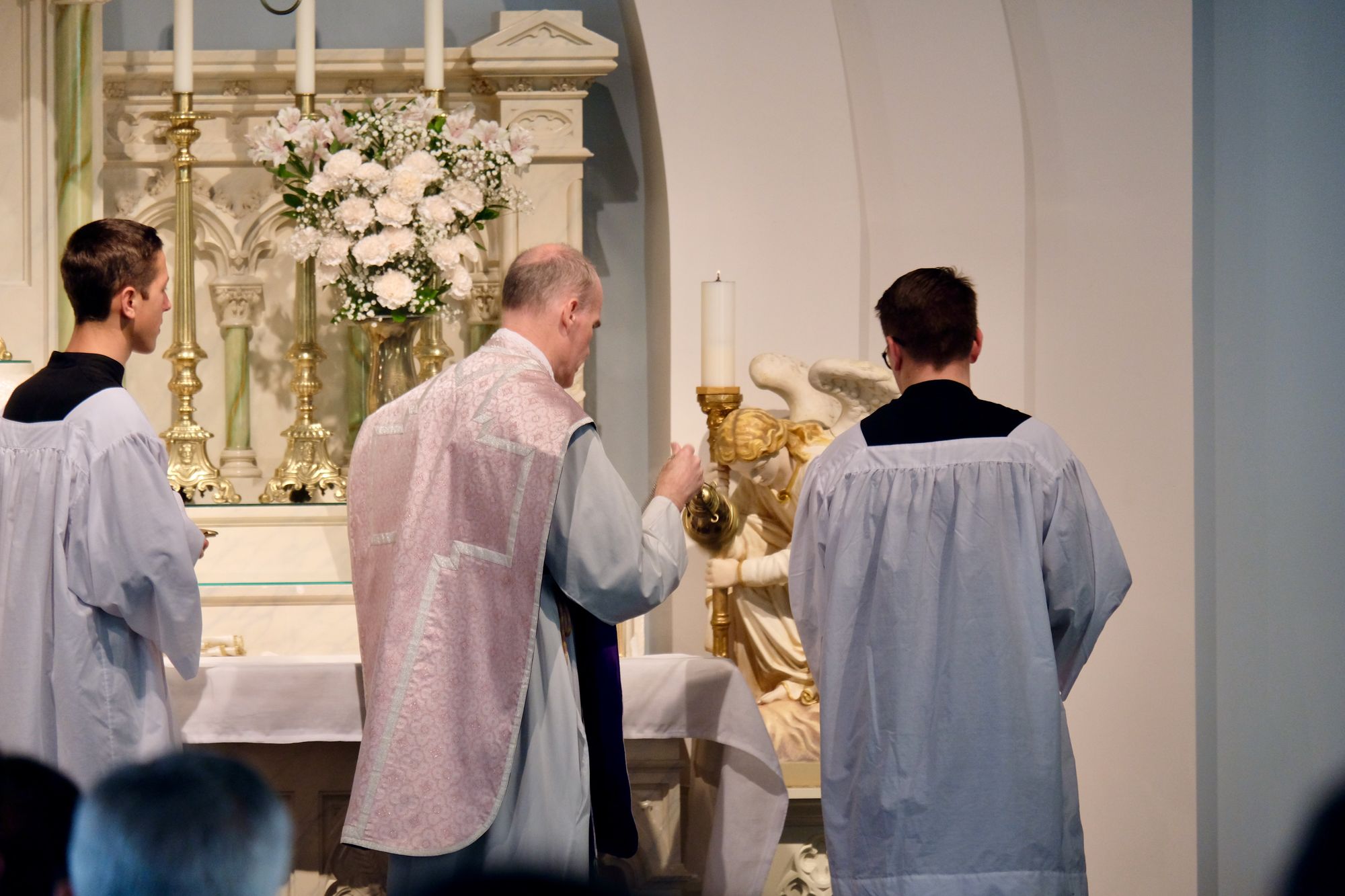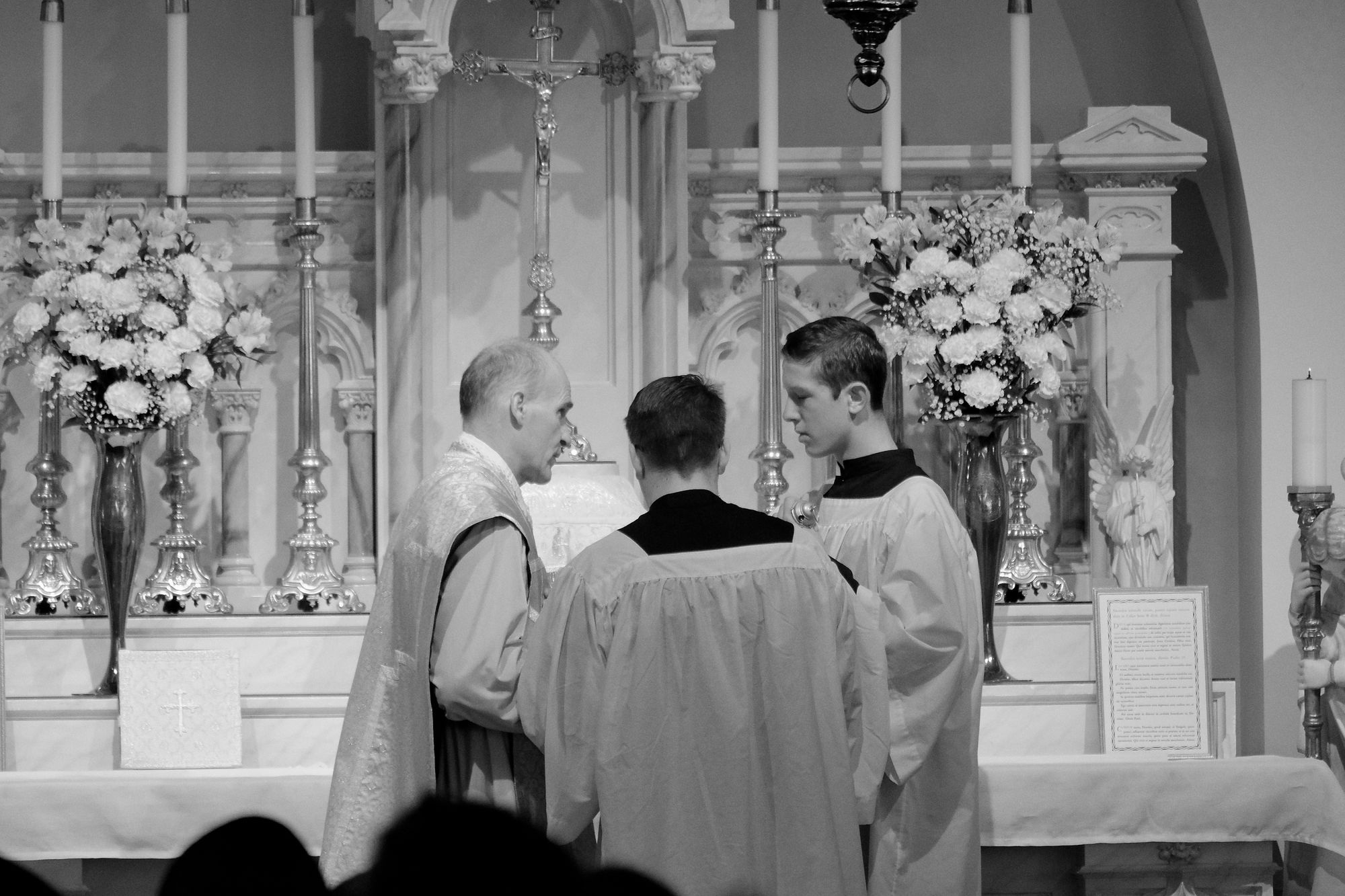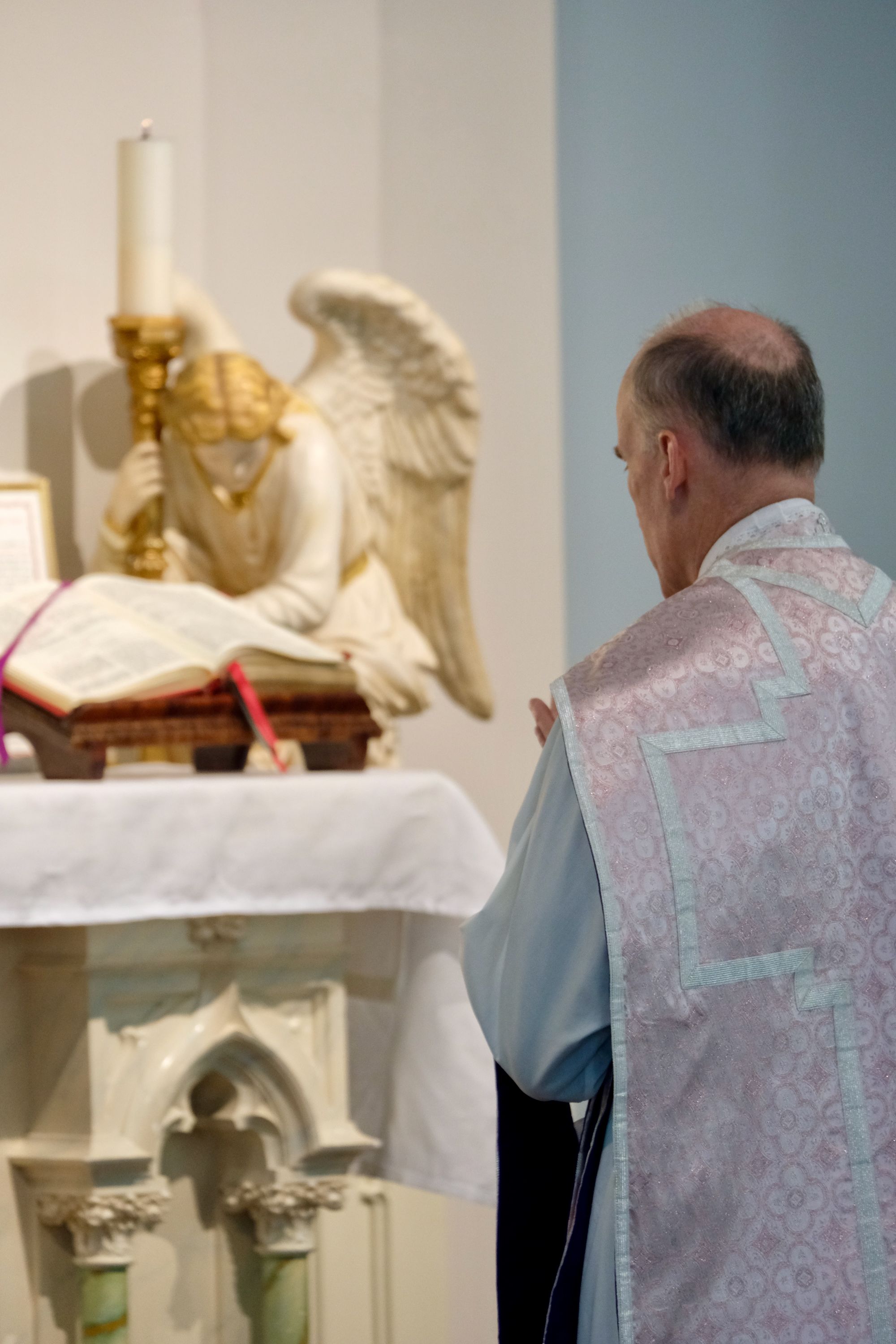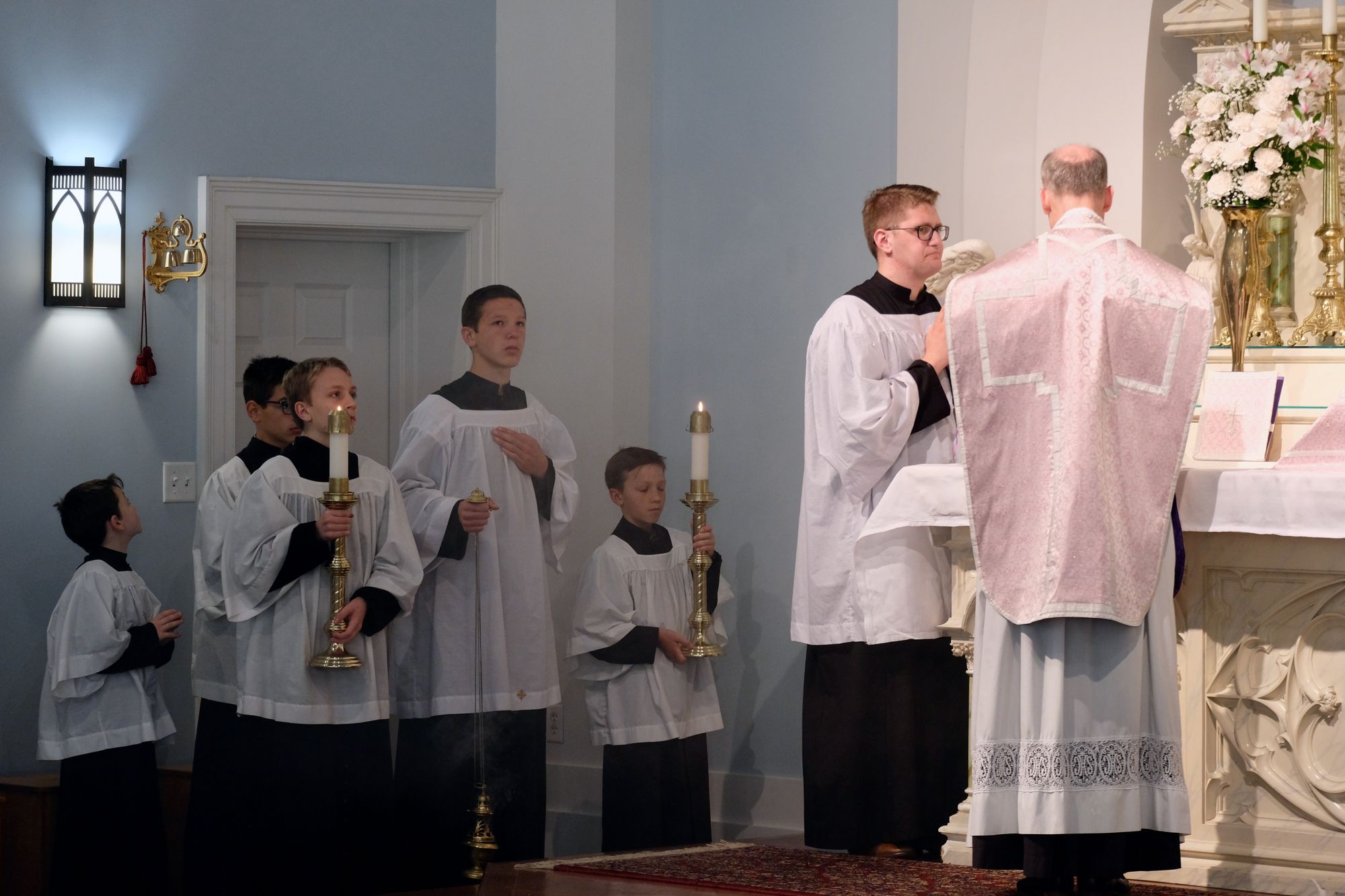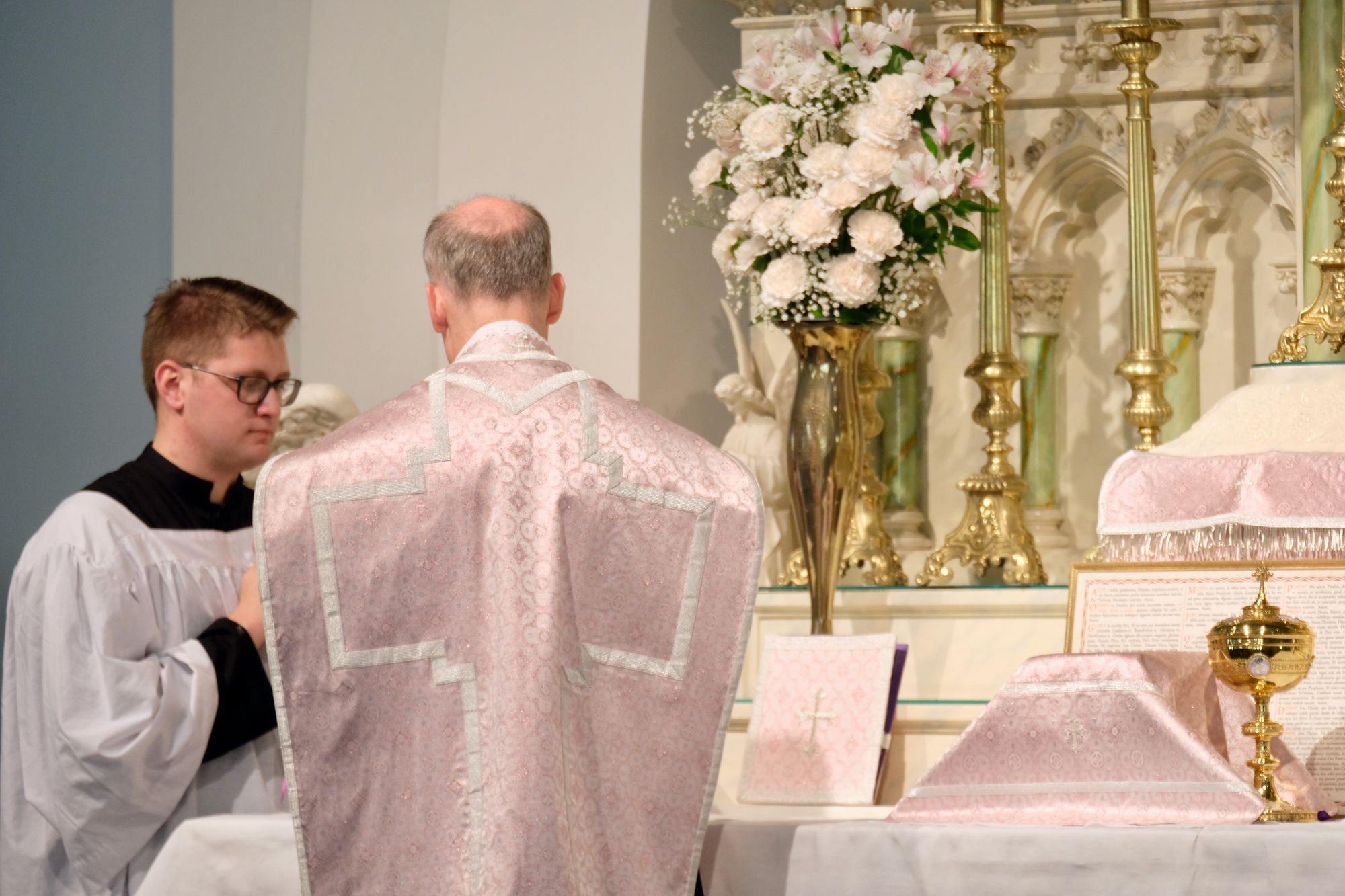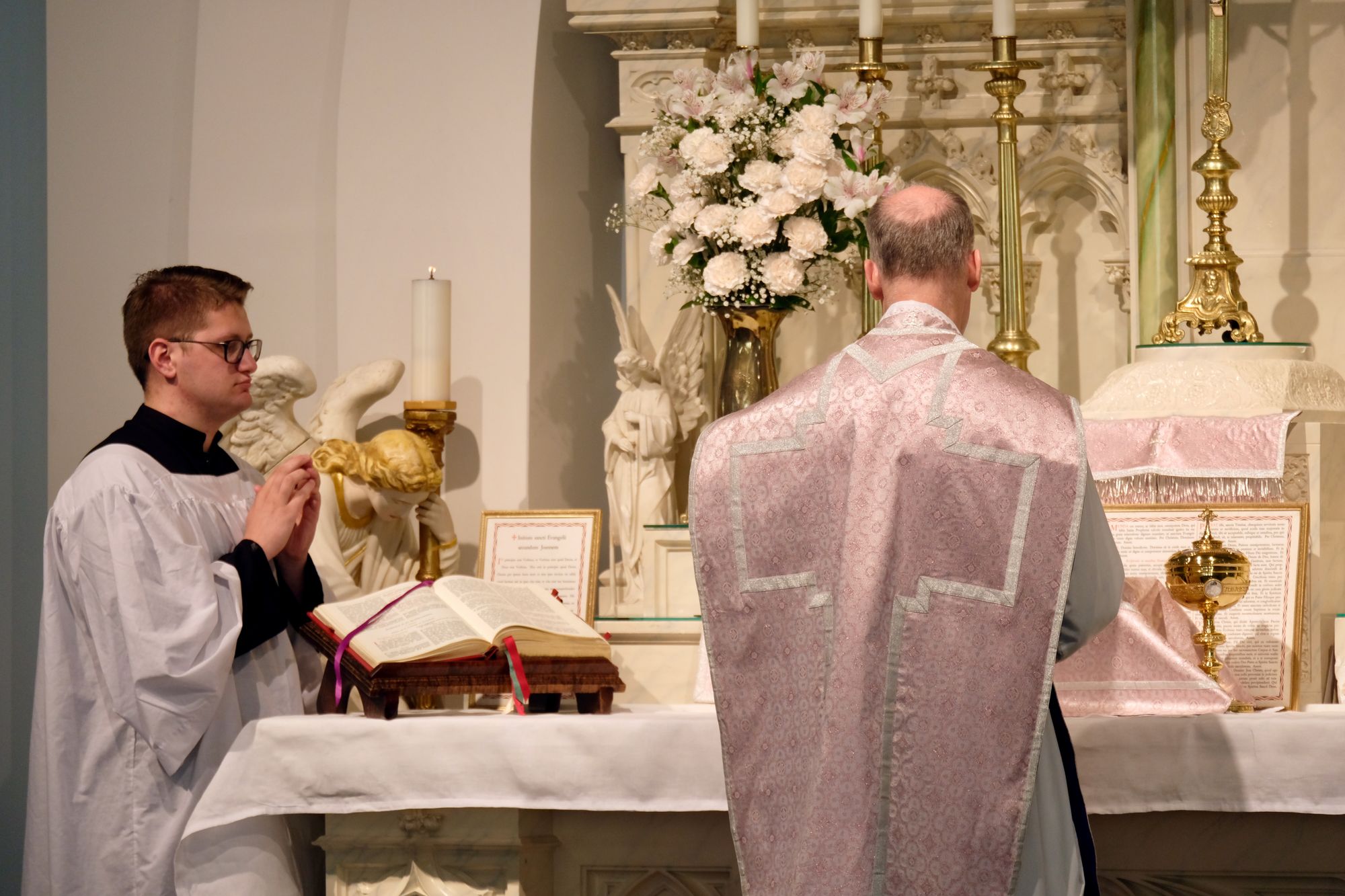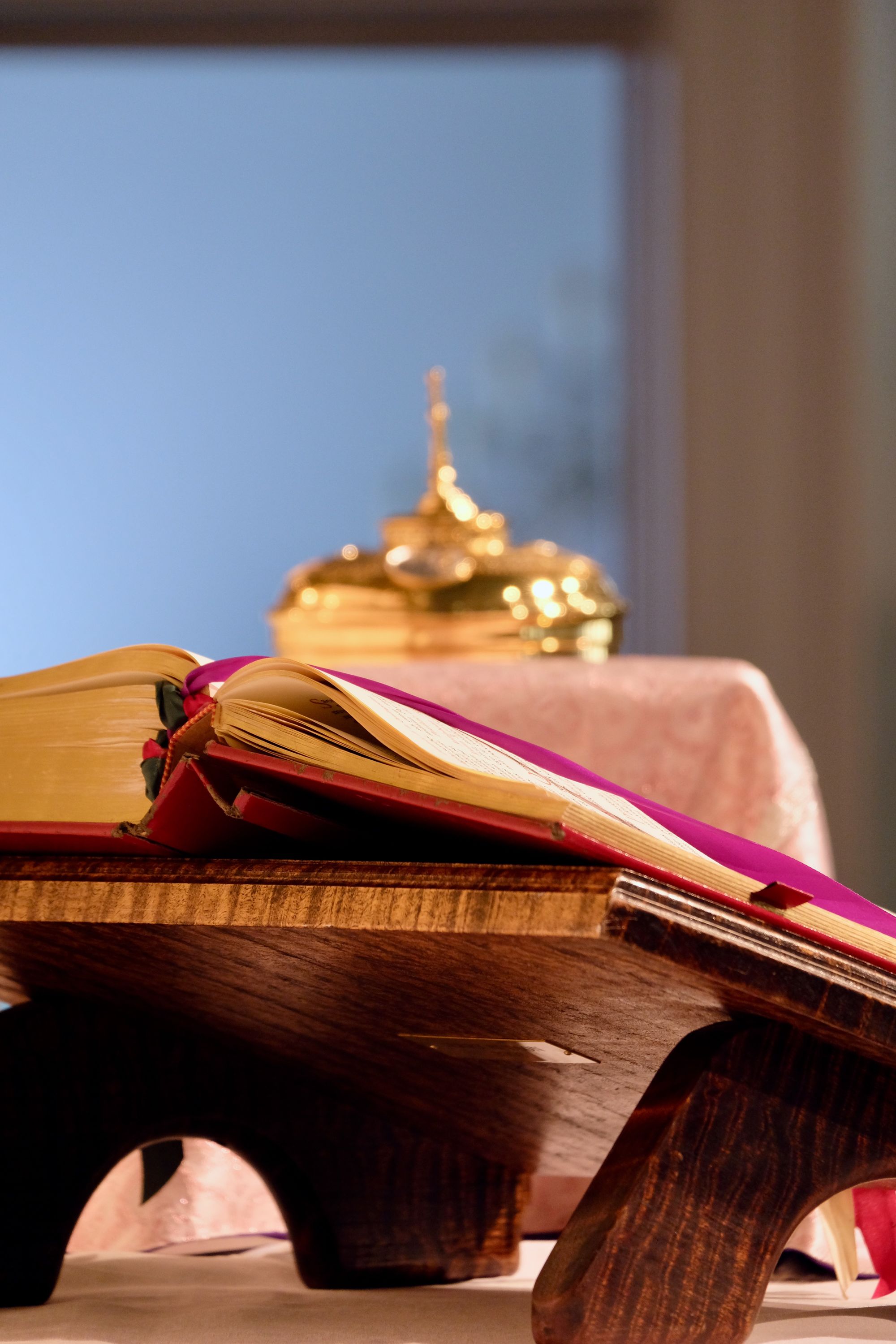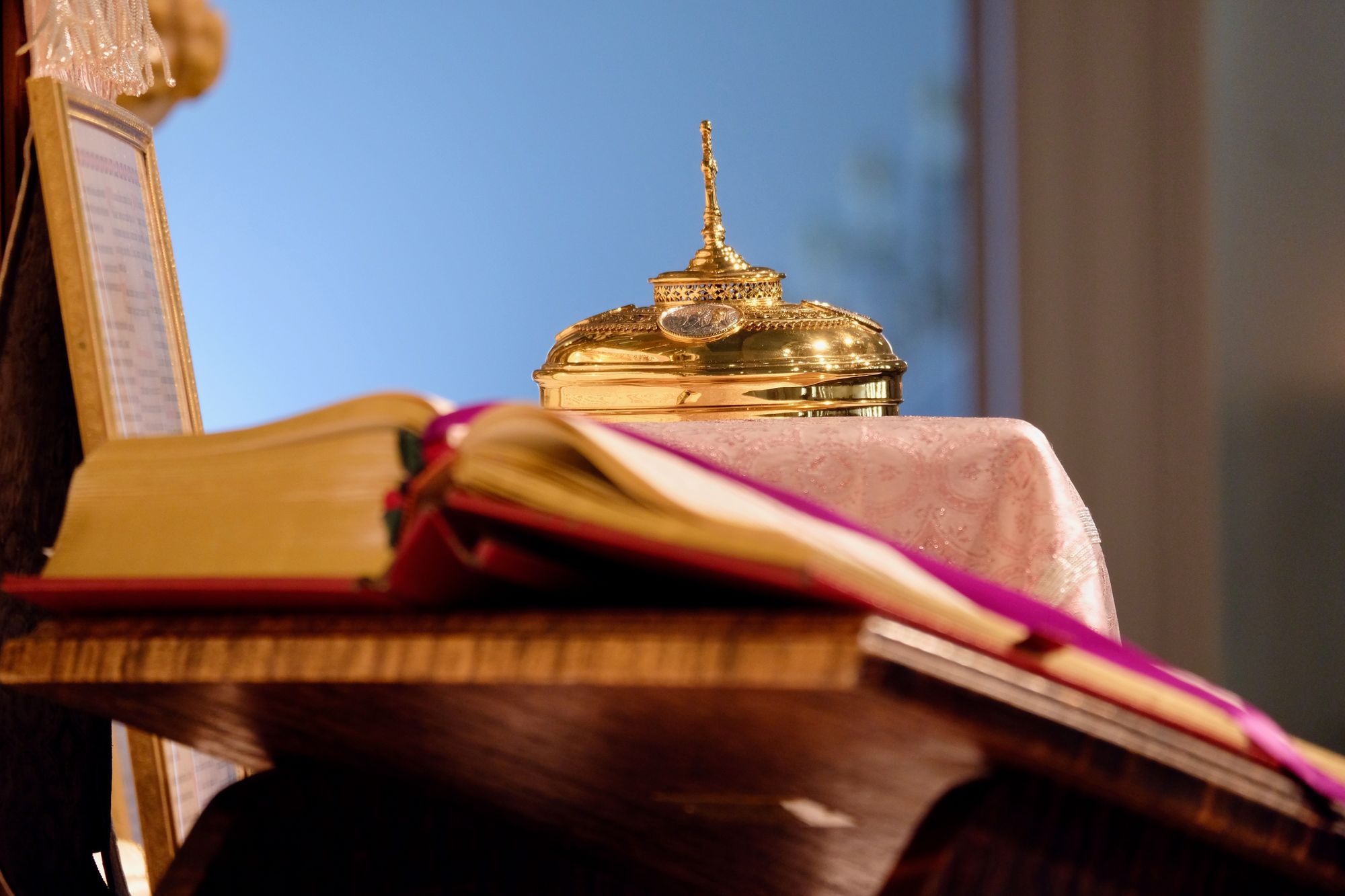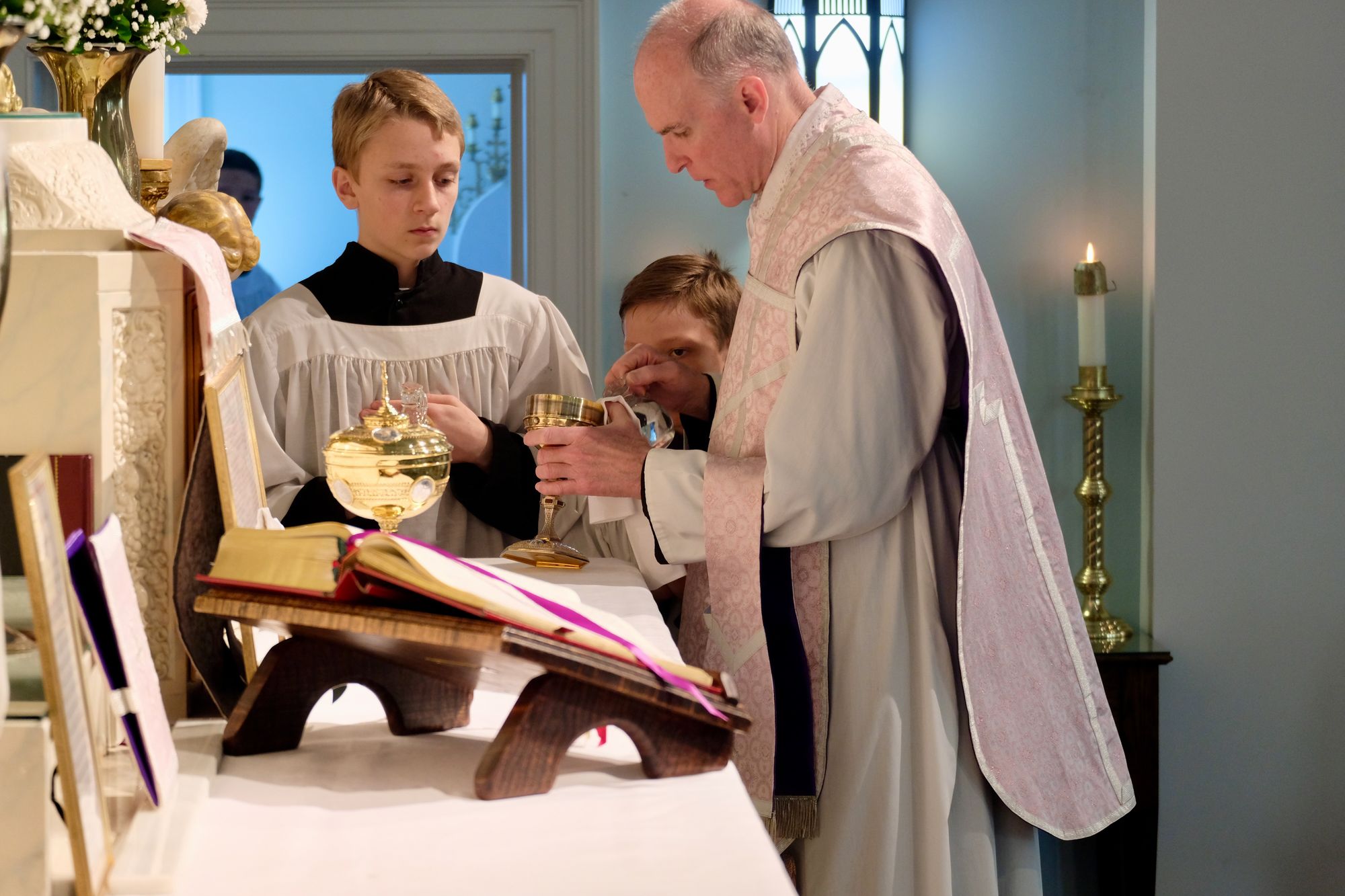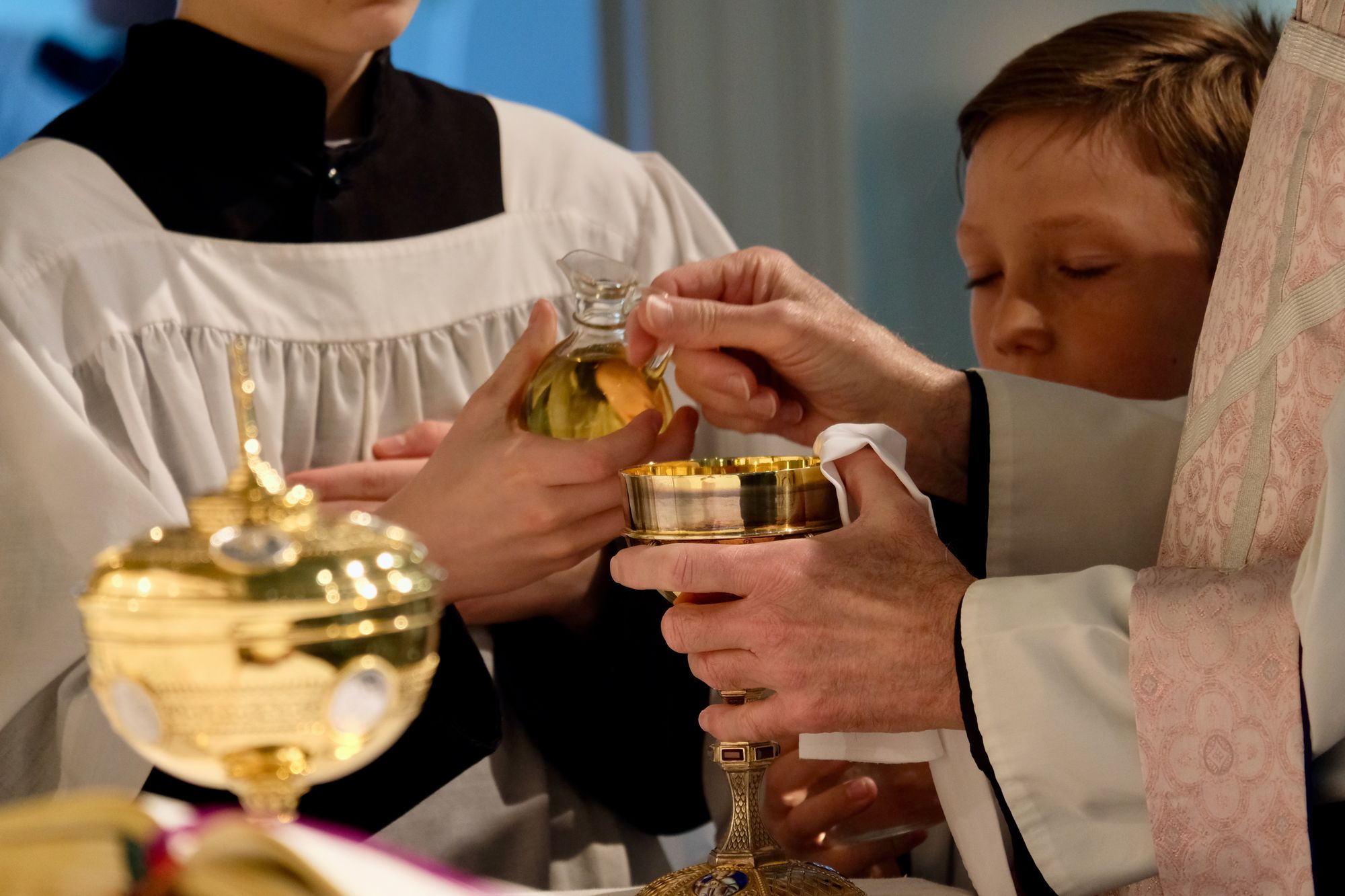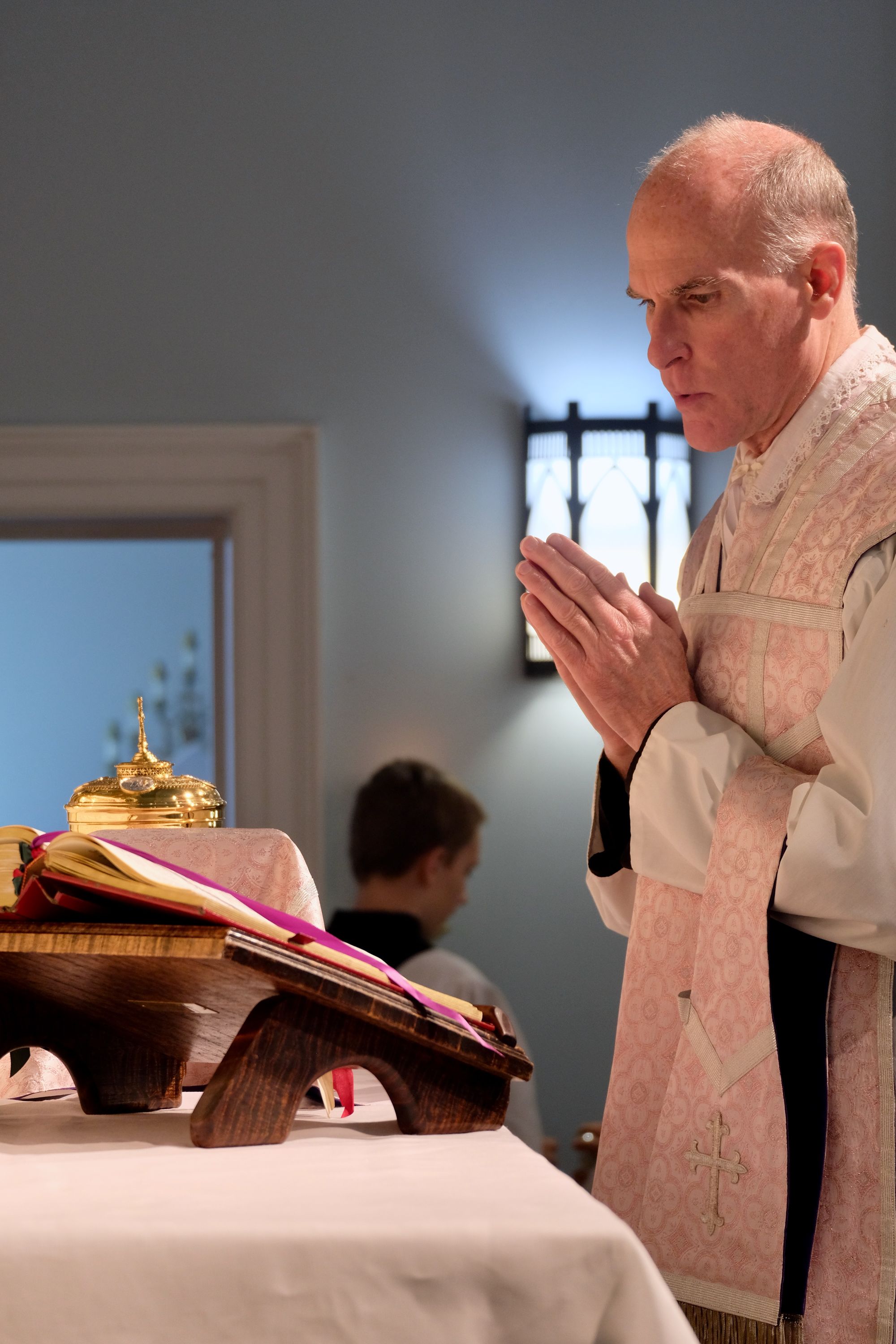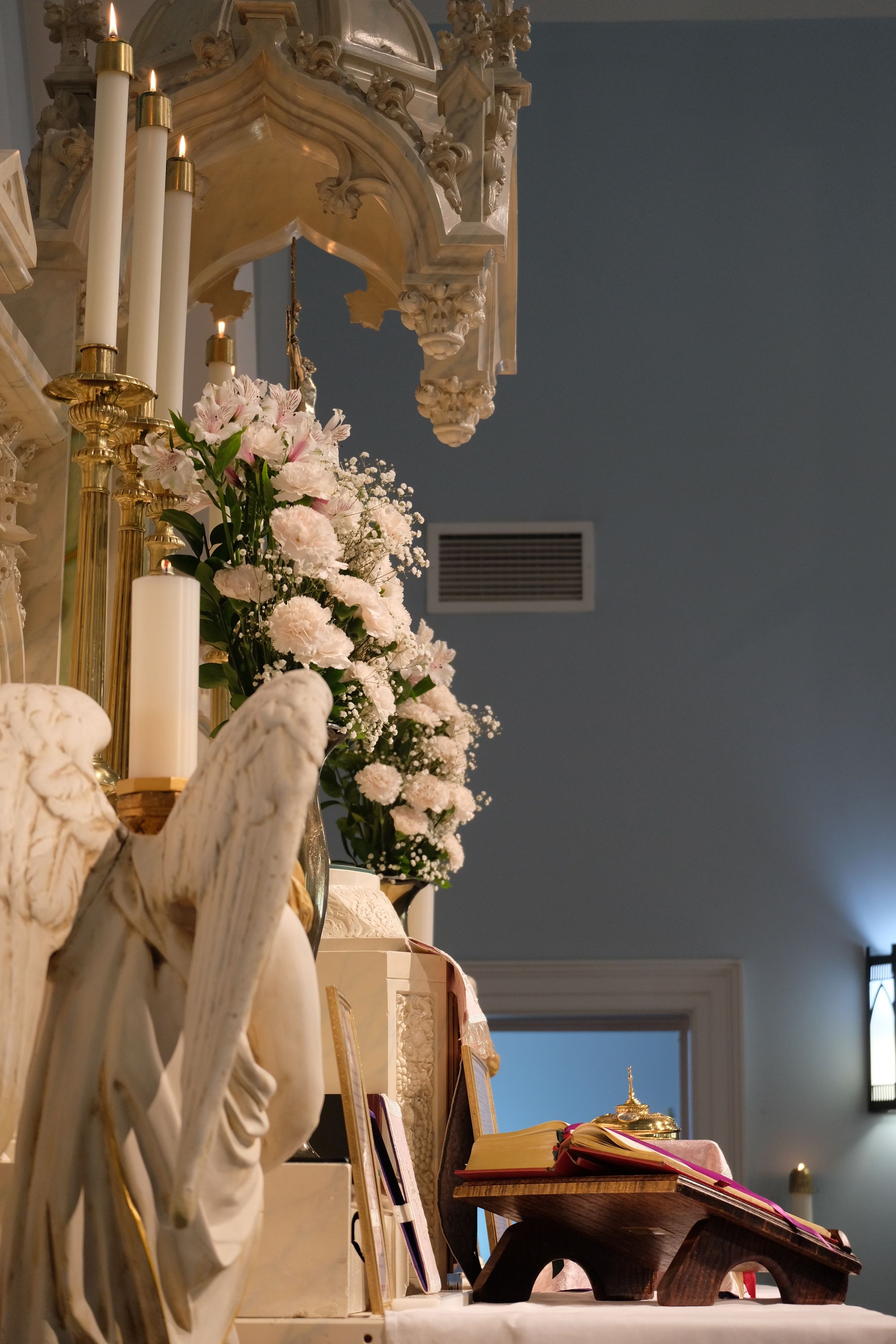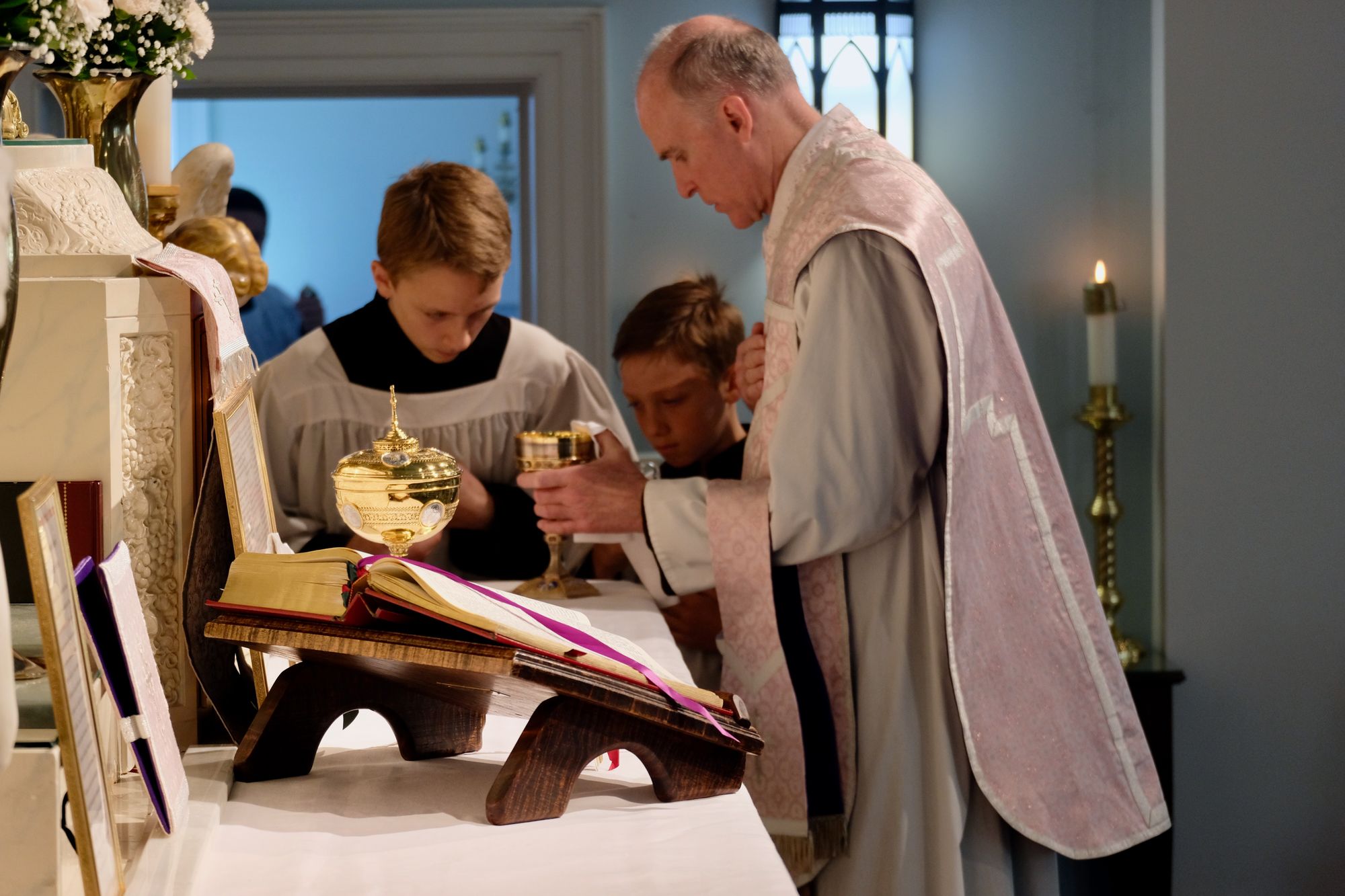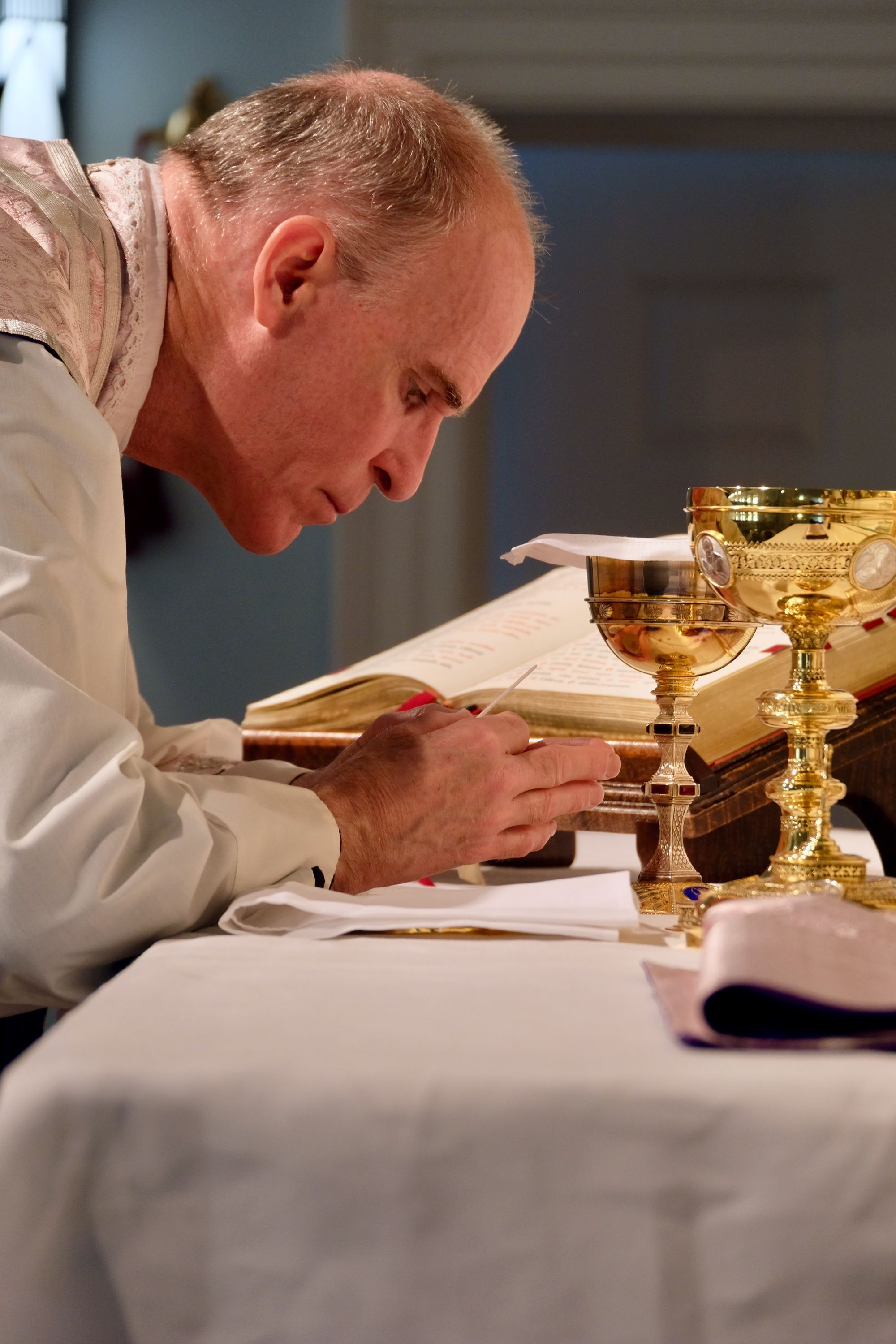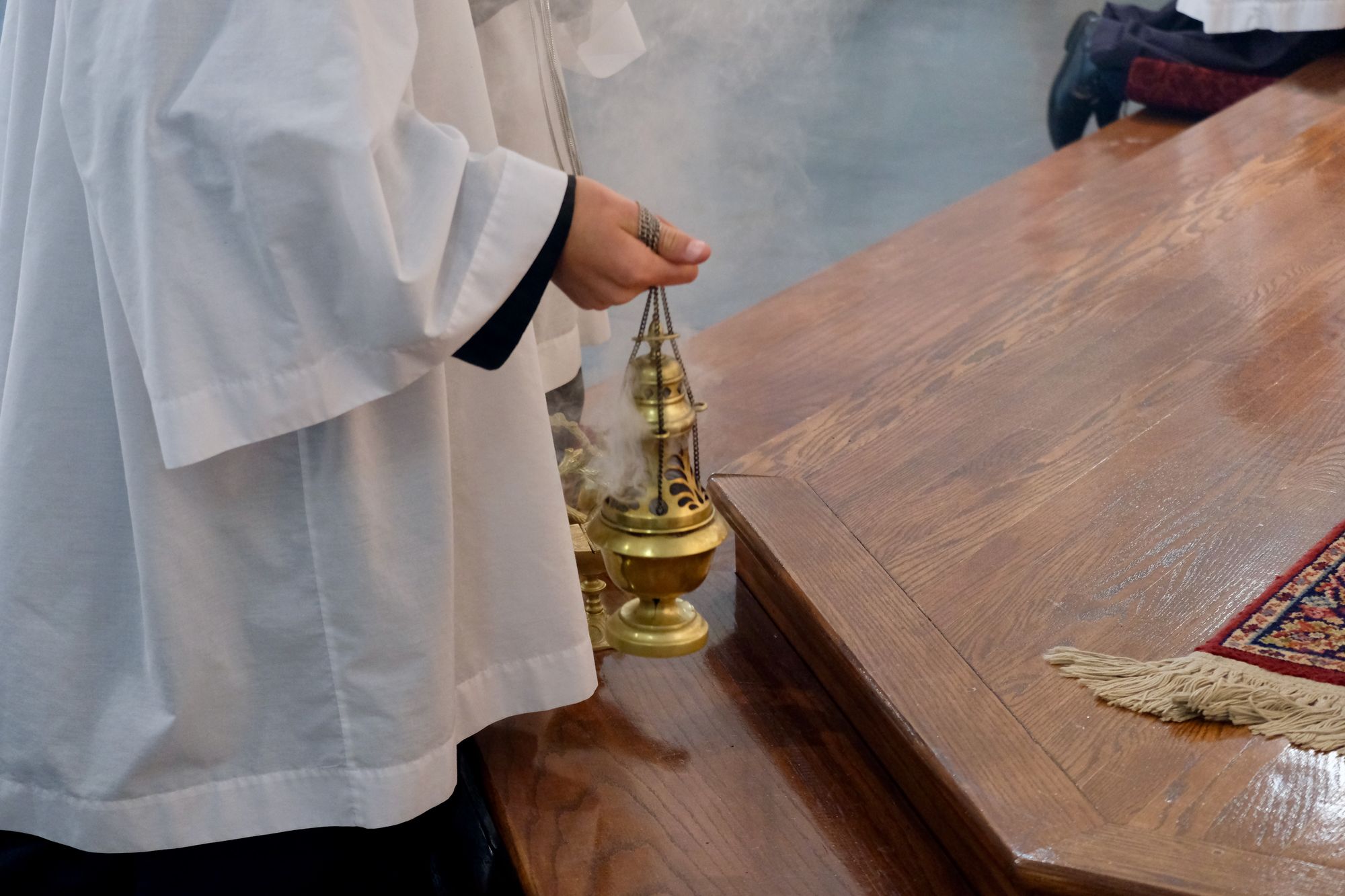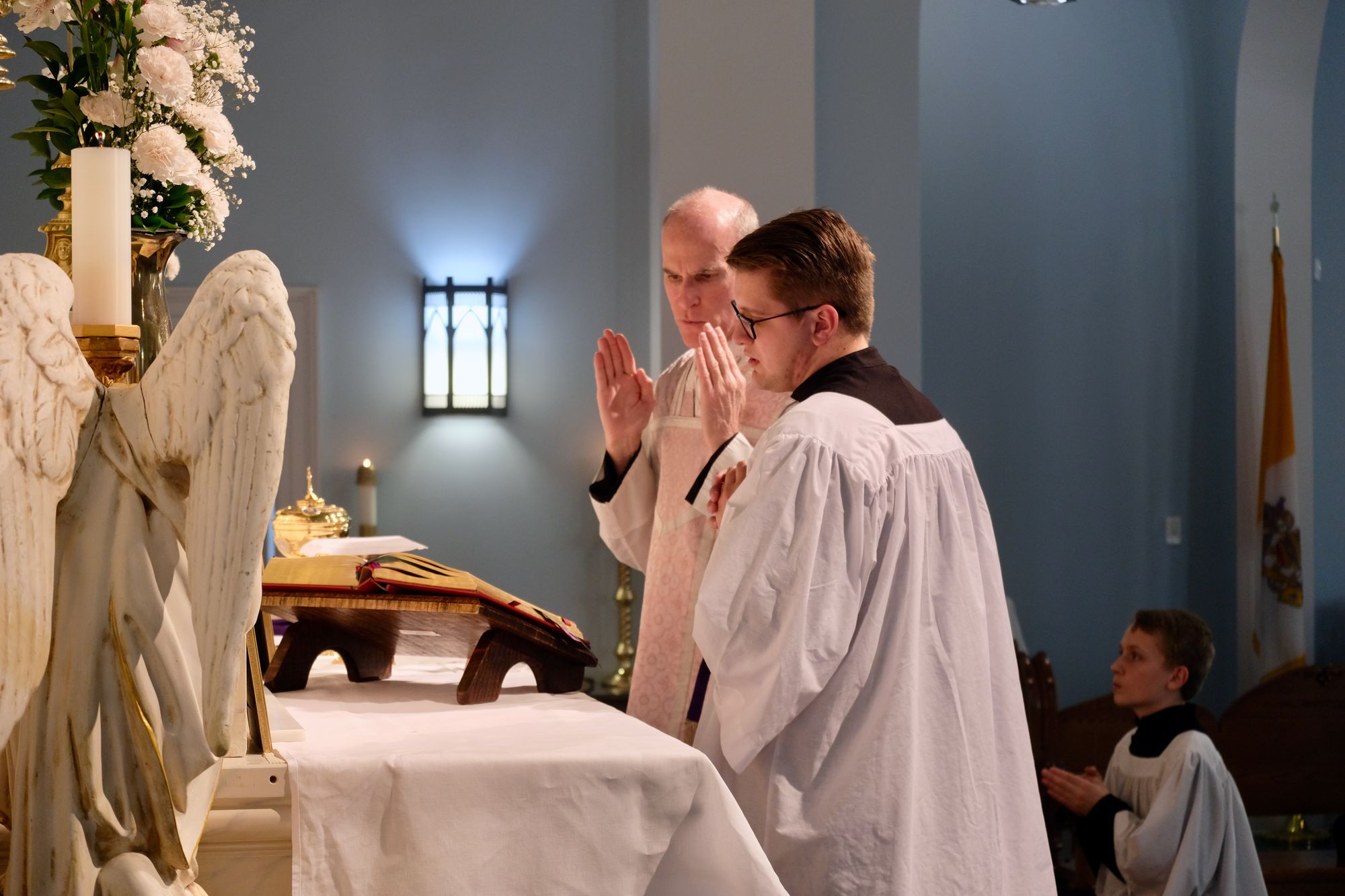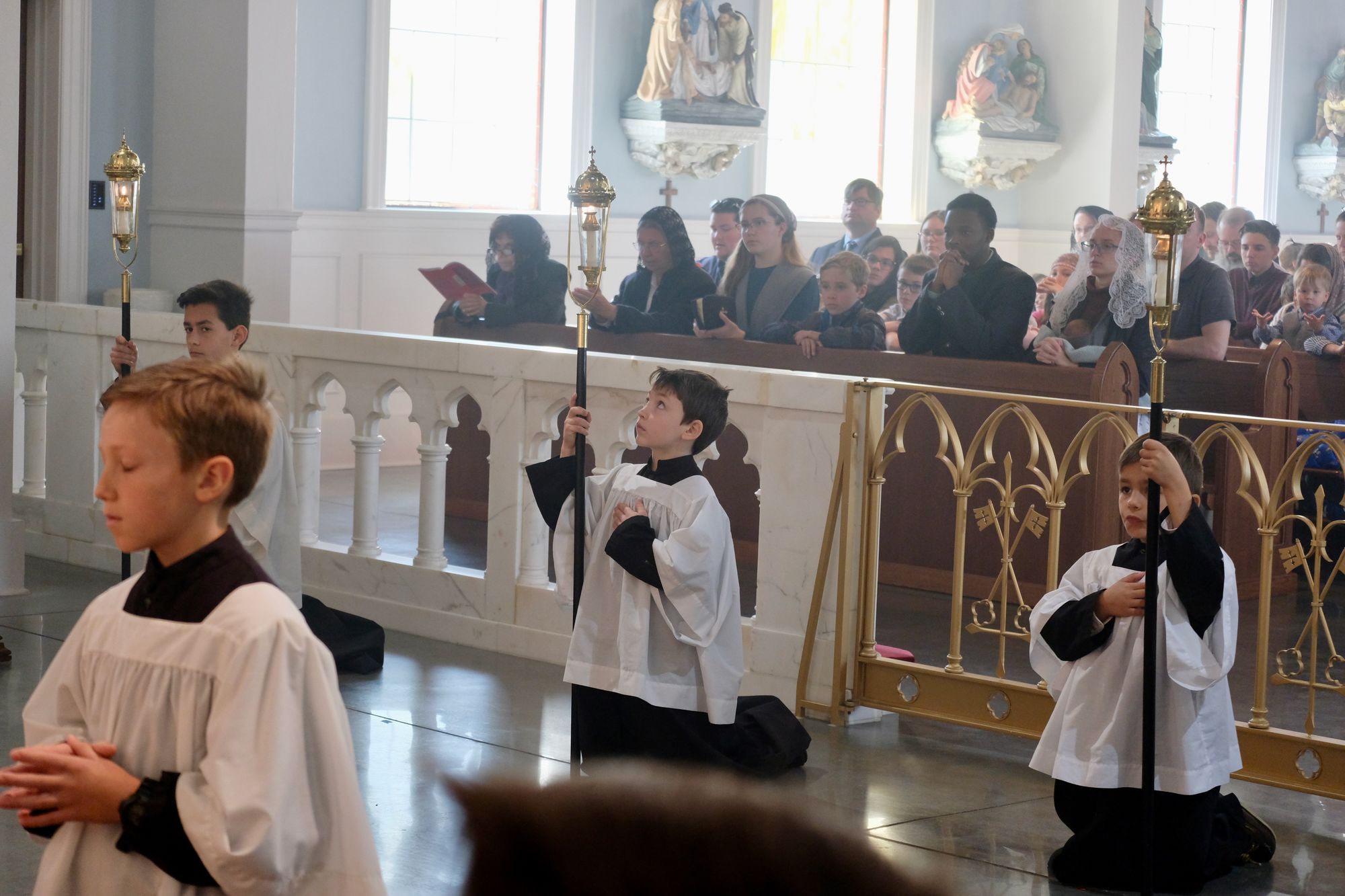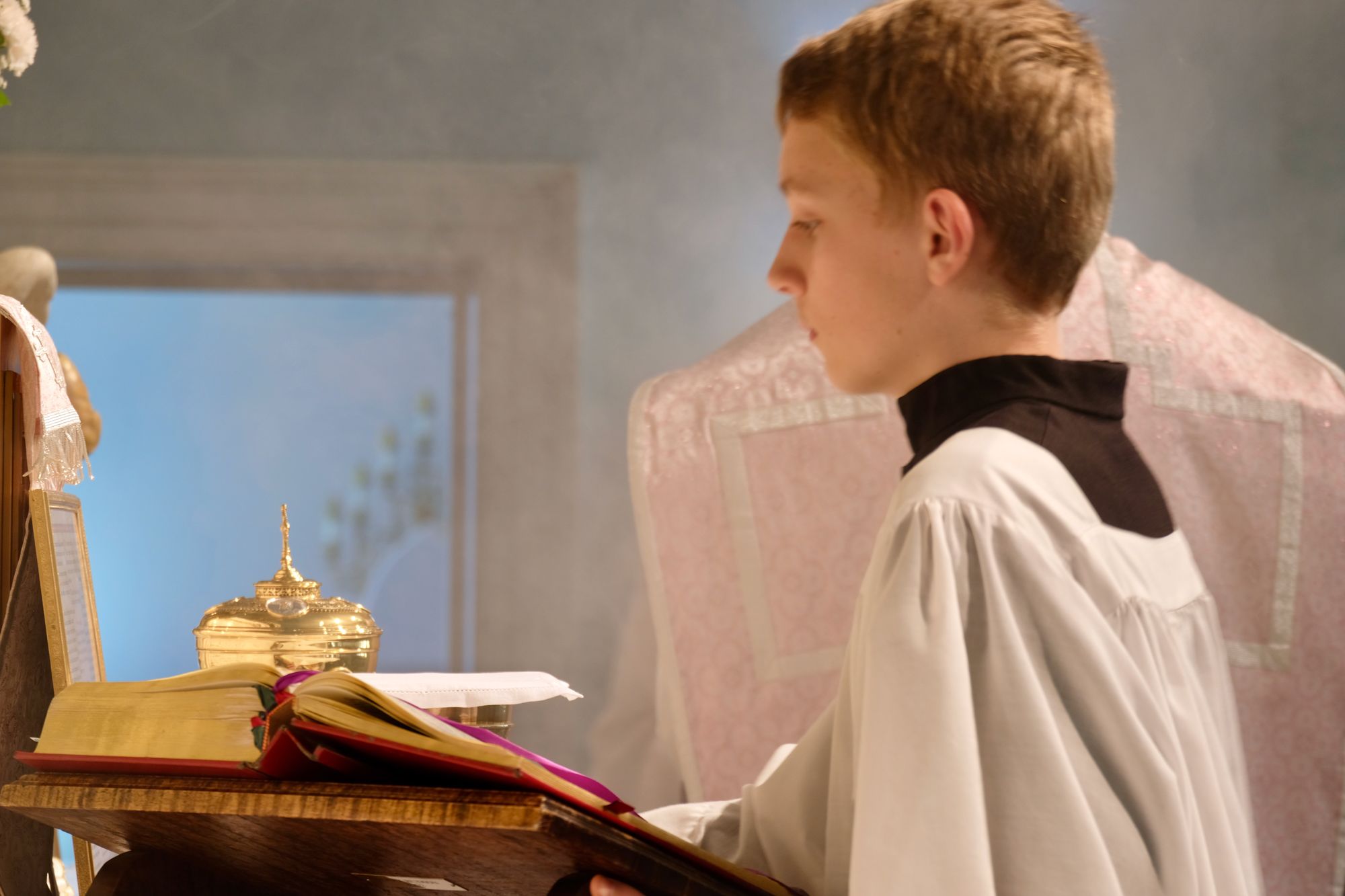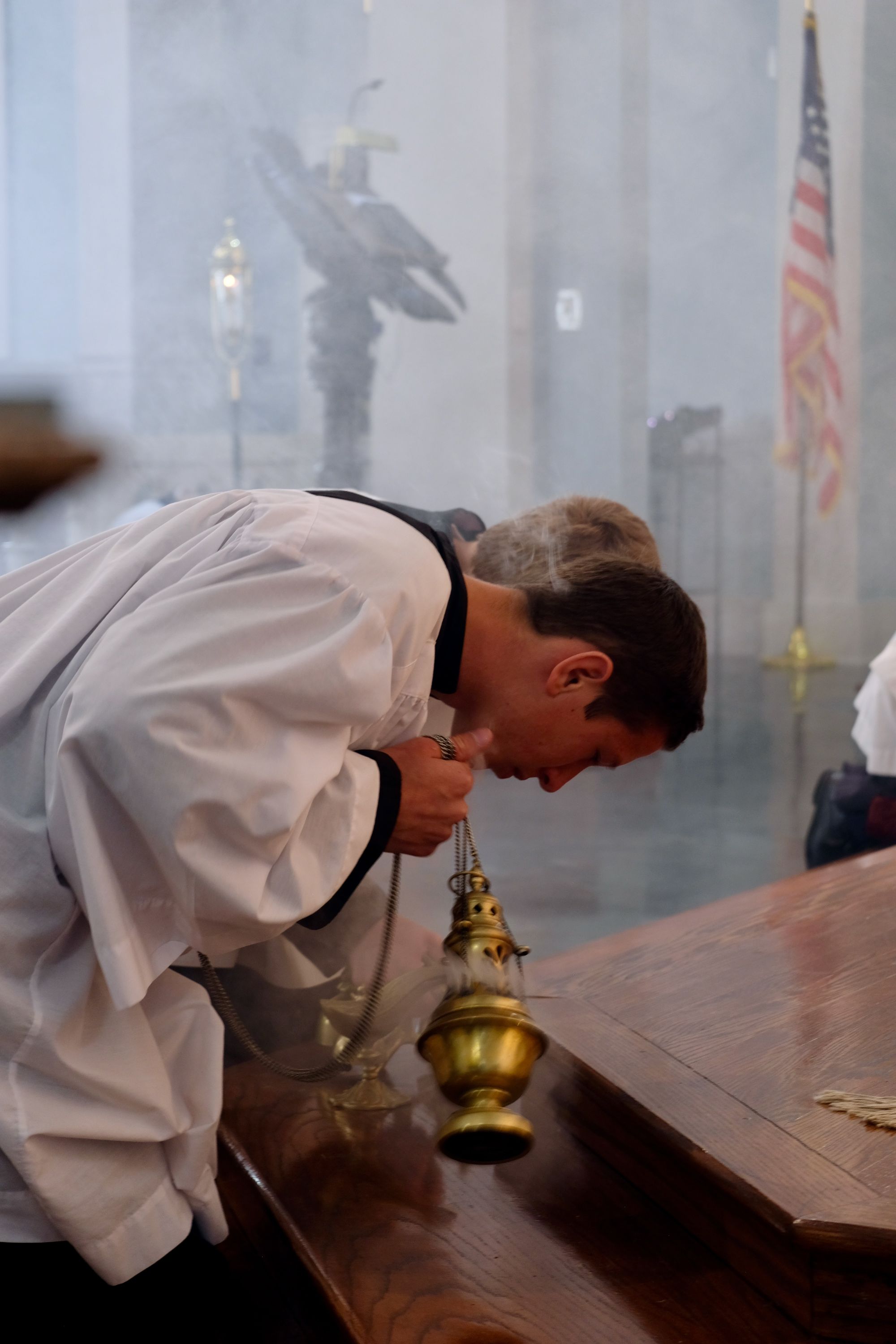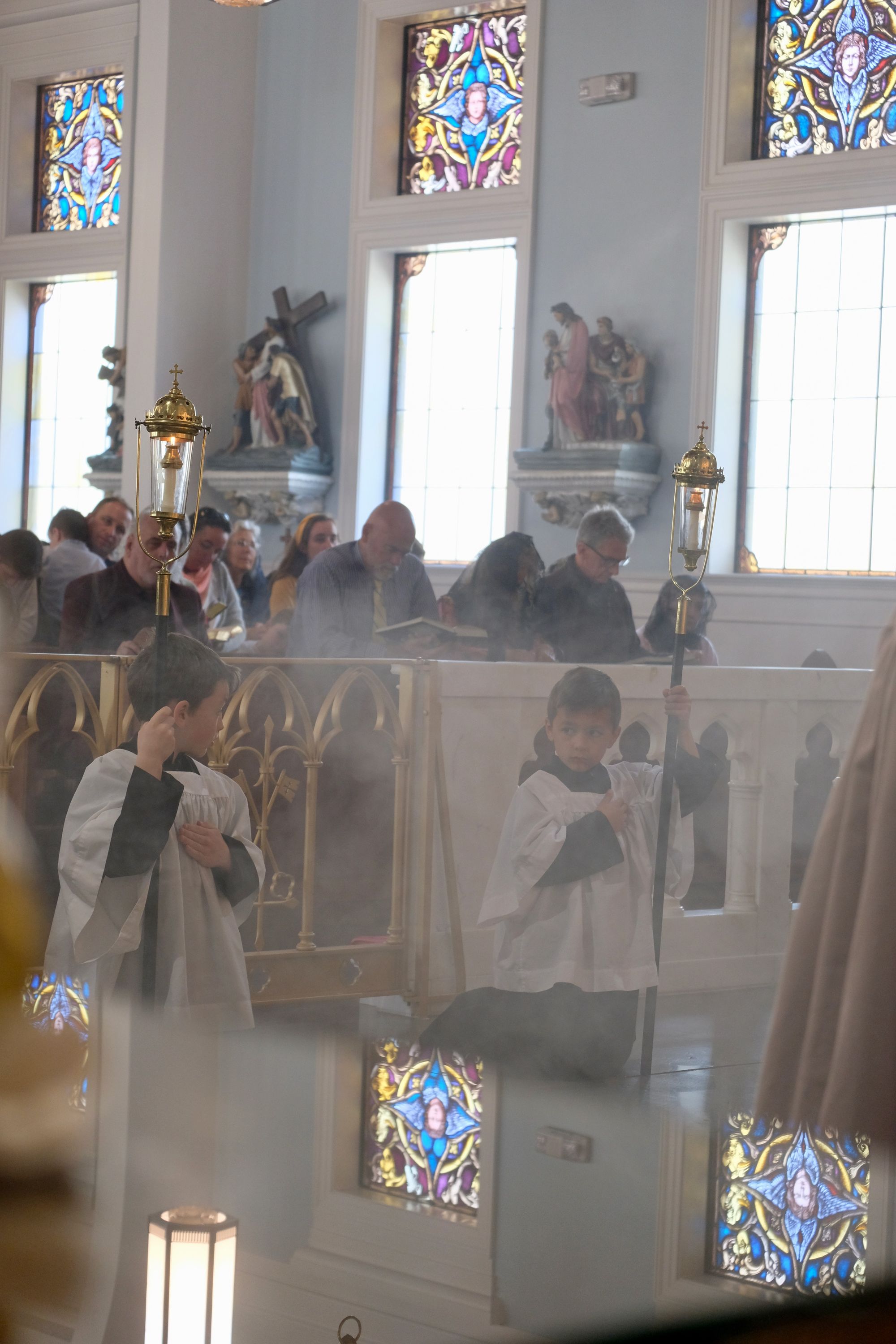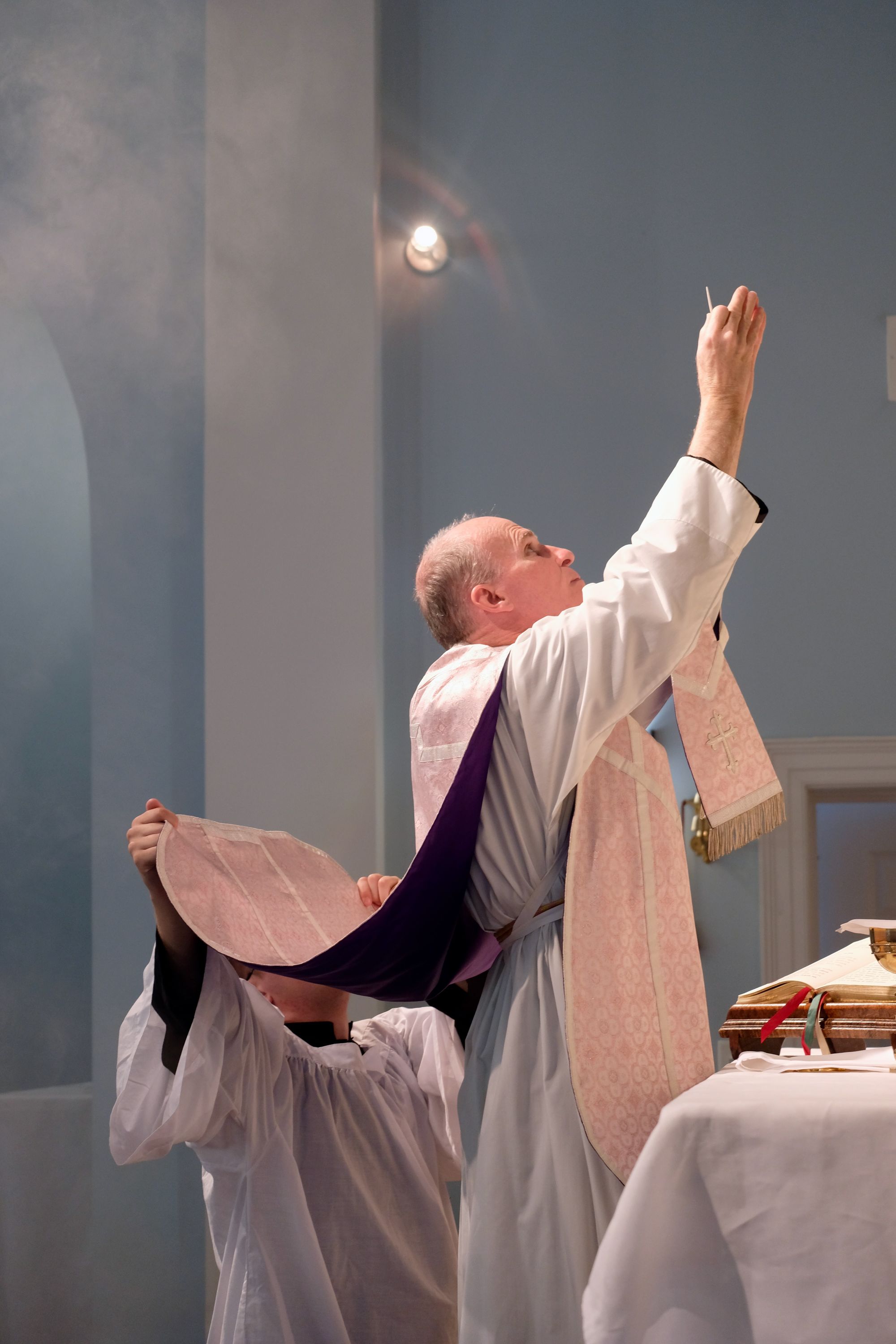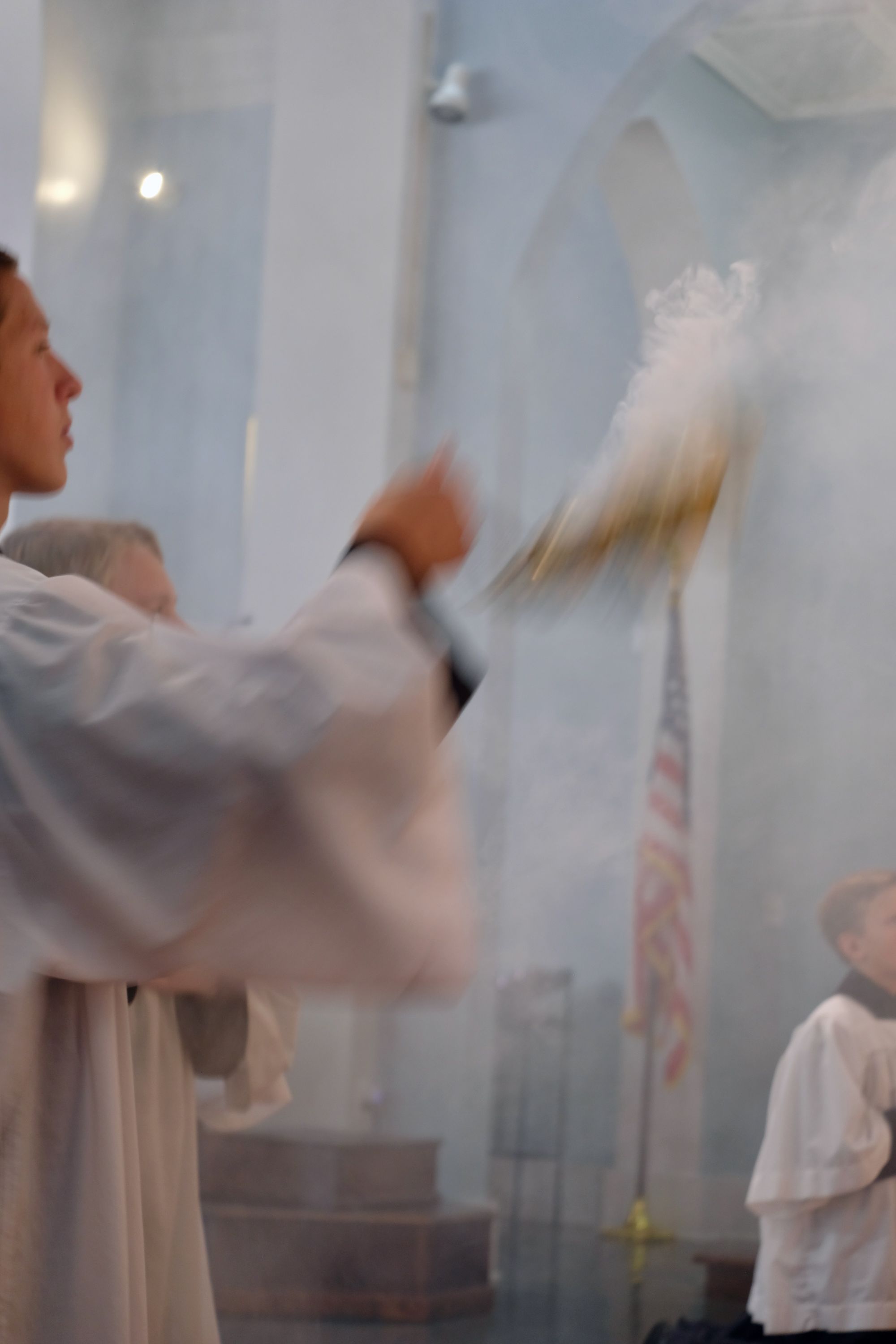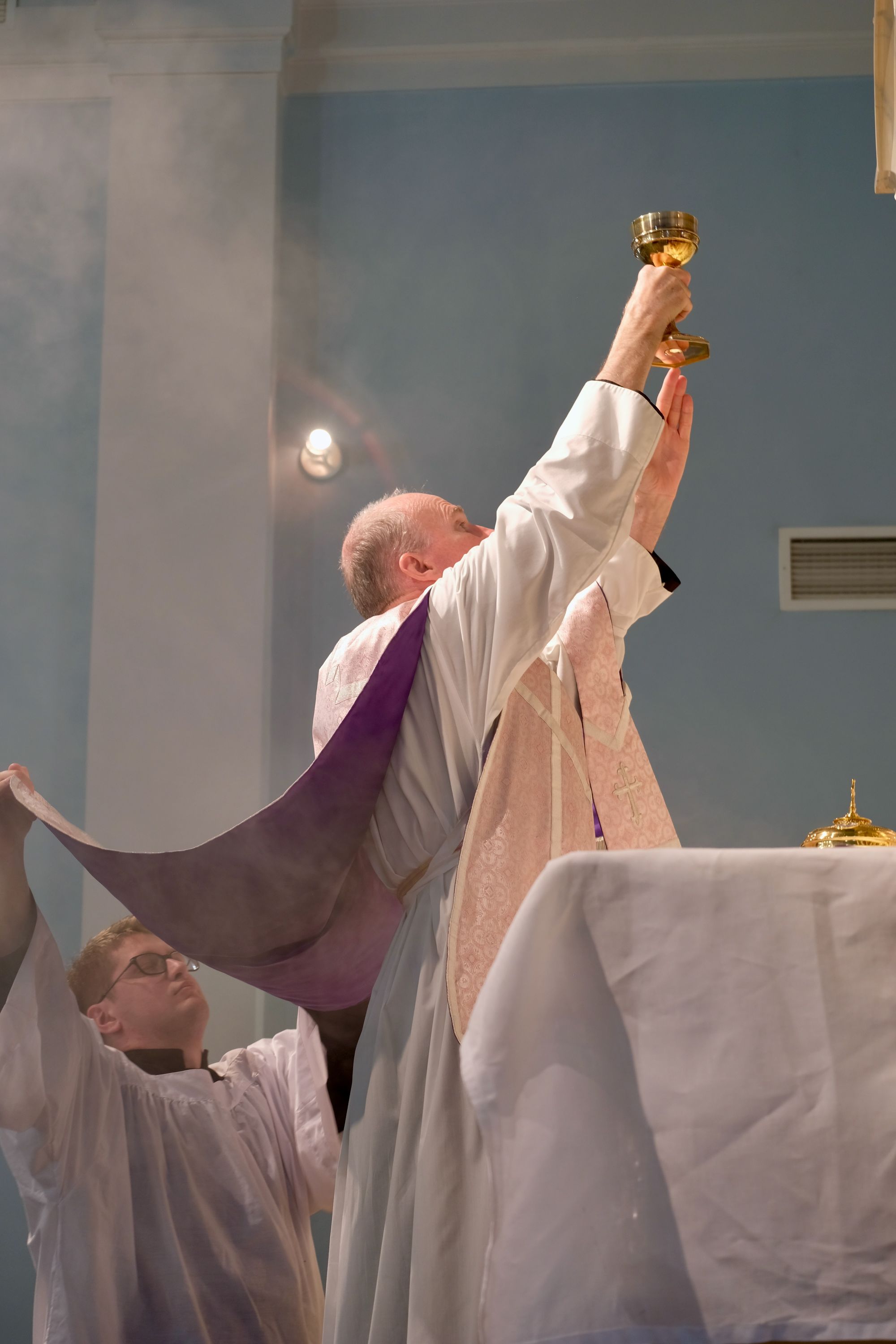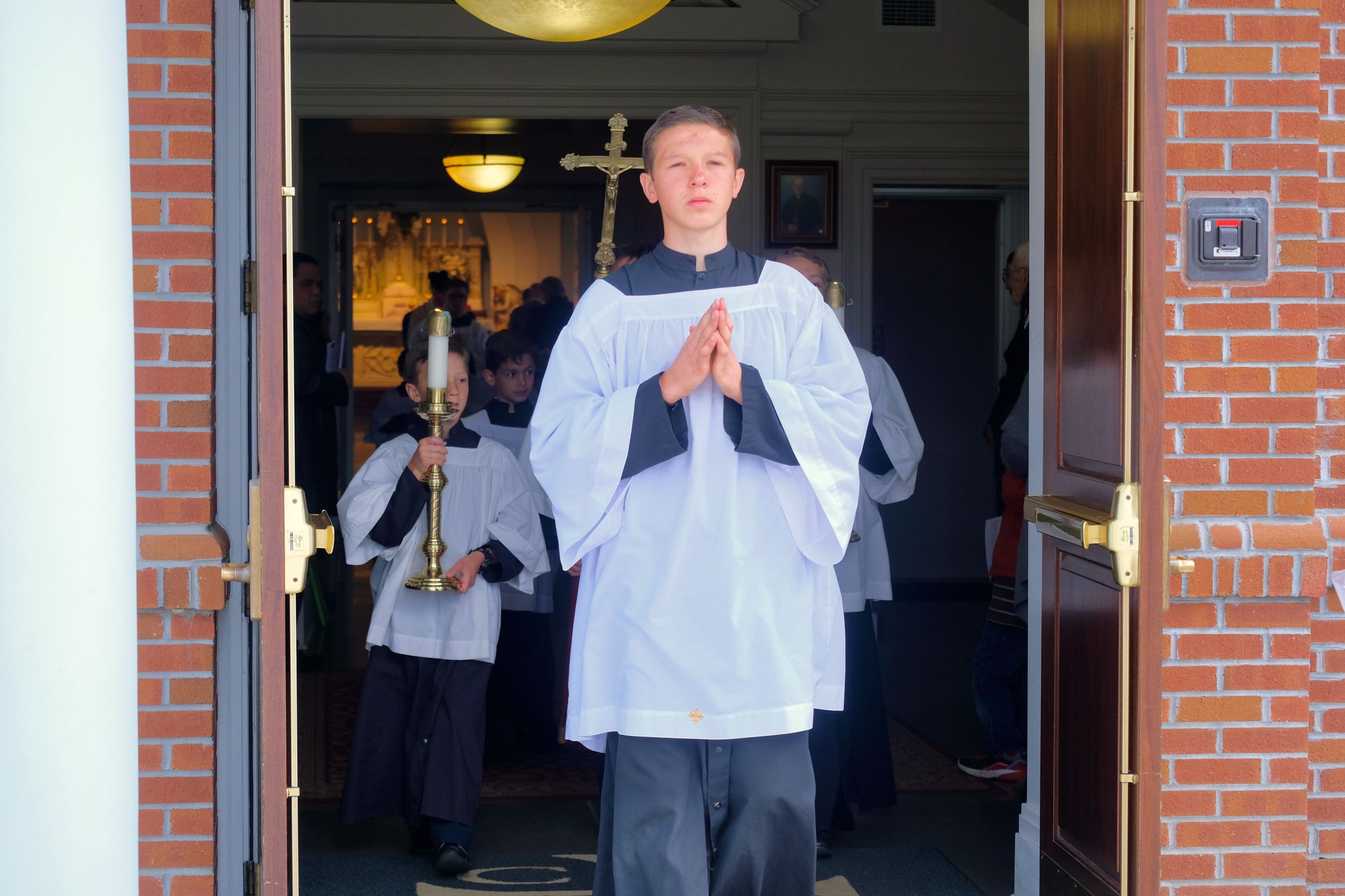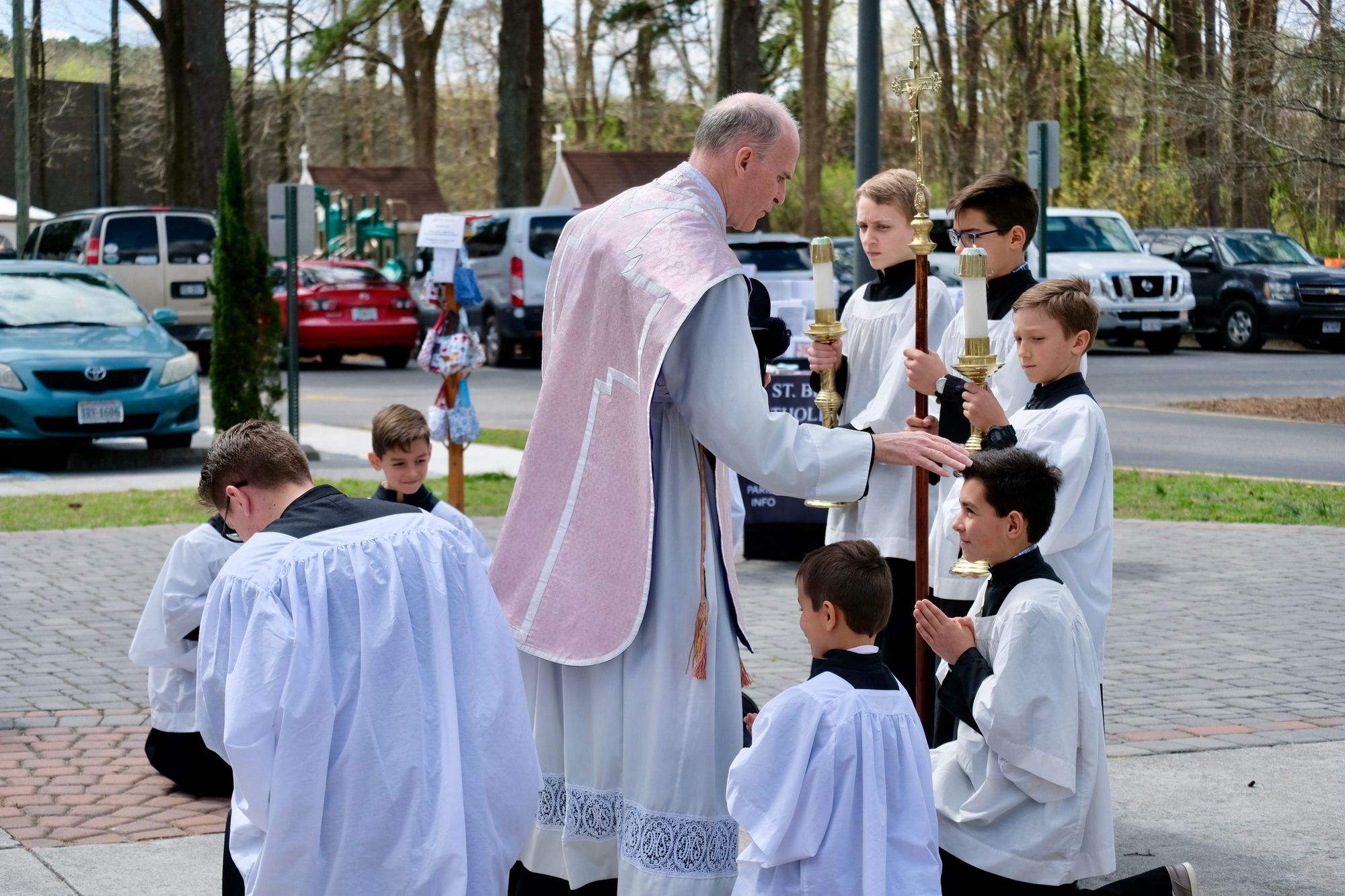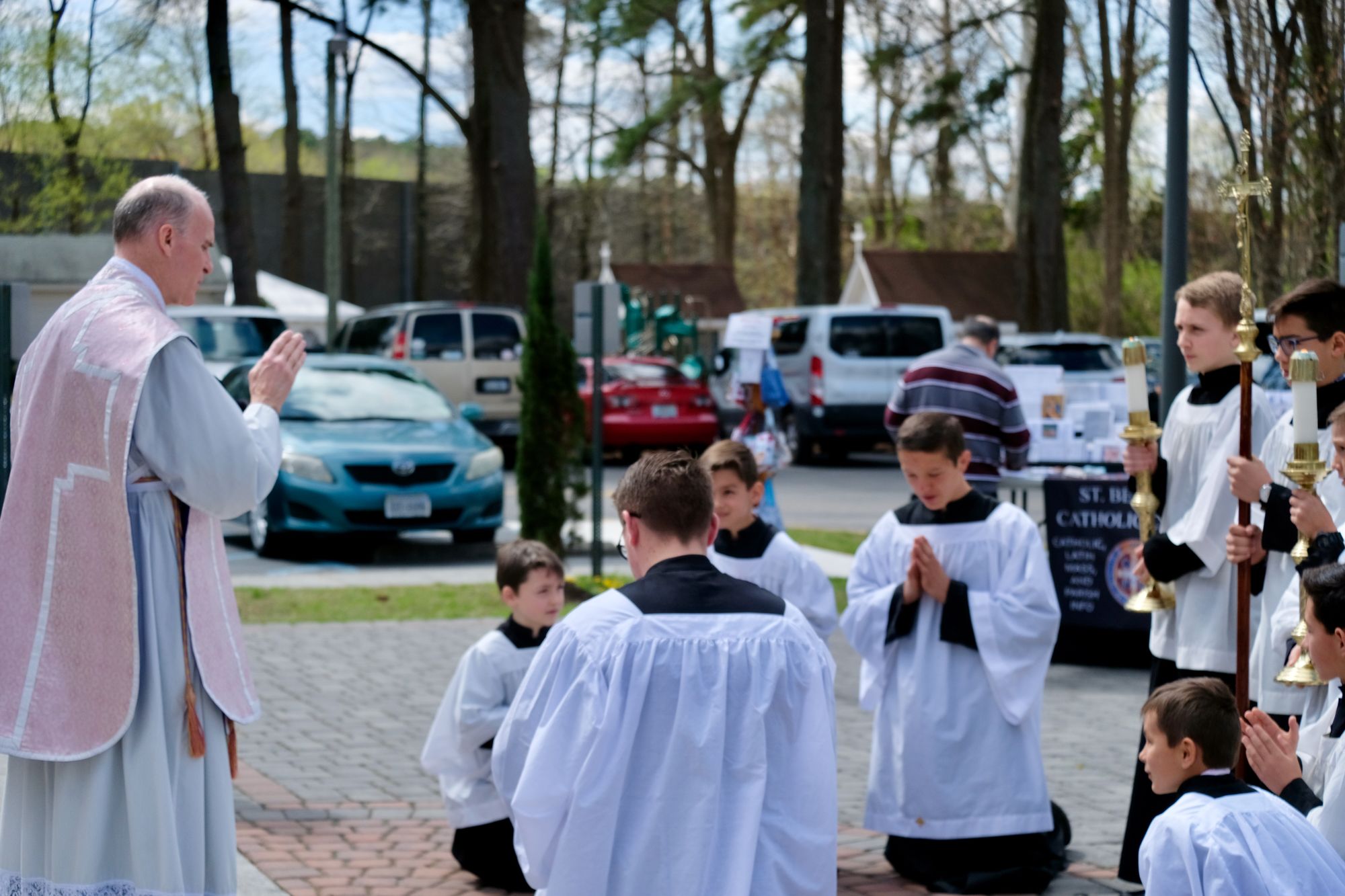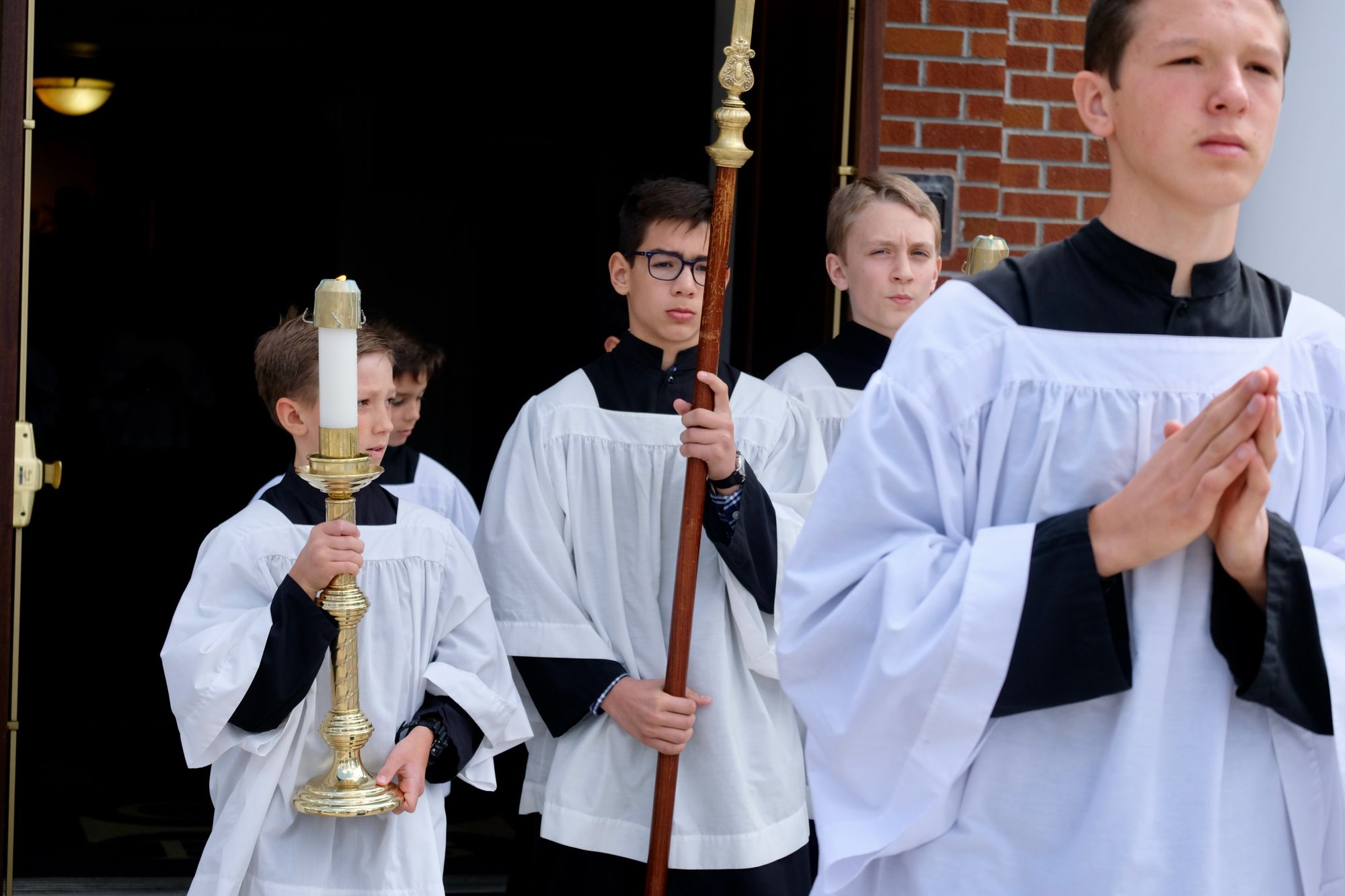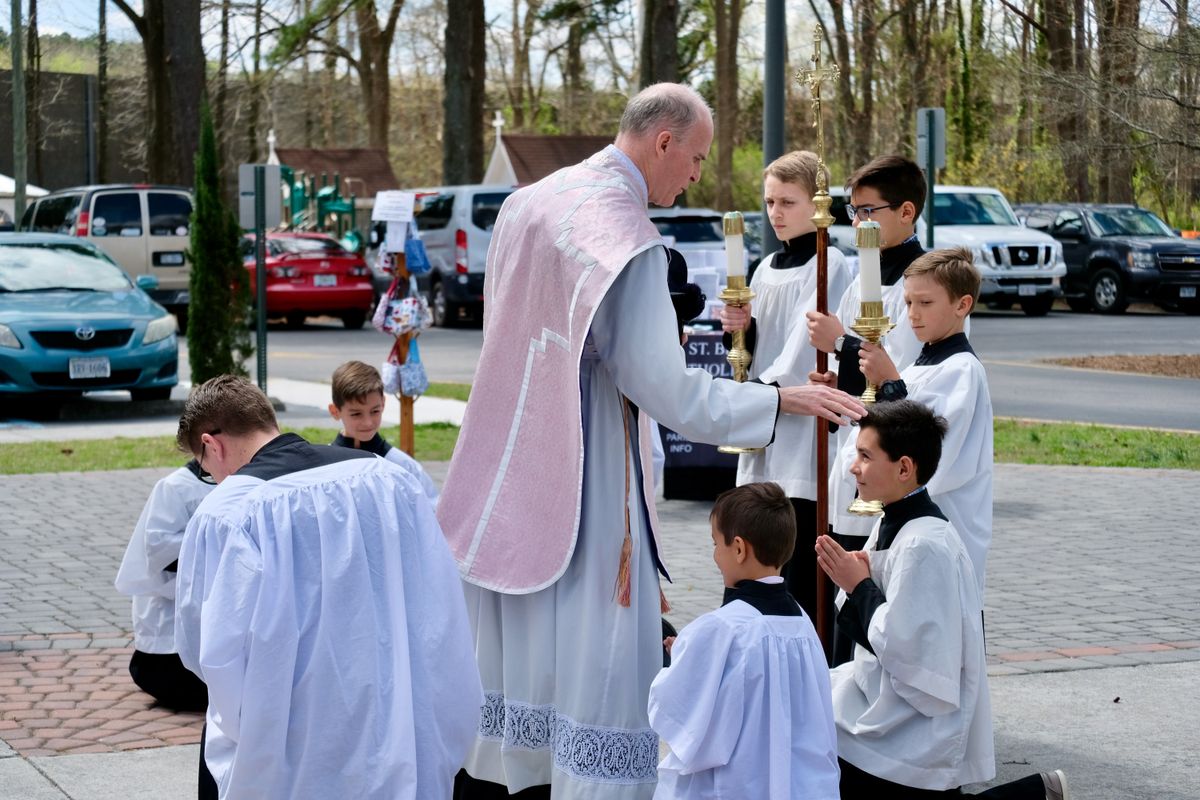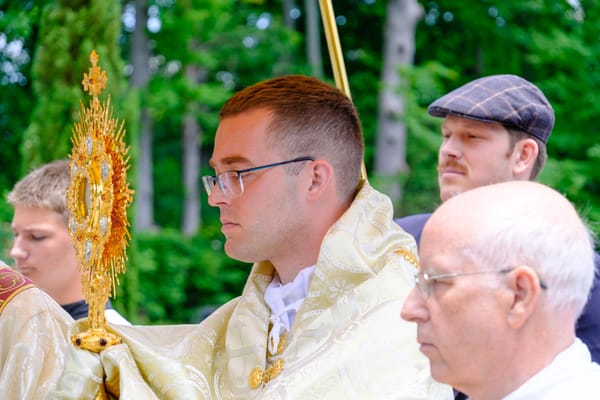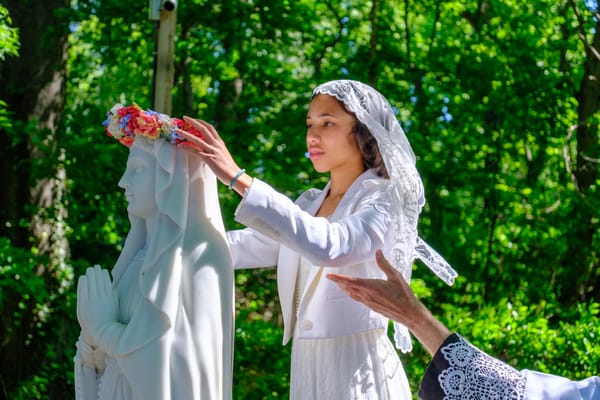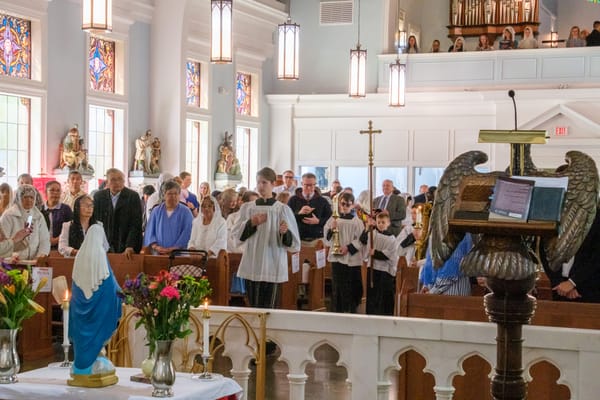What is Laetare Sunday?
The fourth, or middle, Sunday of Lent, so called from the first words of the Introit at Mass, "Laetare Jerusalem" — "Rejoice, O Jerusalem". During the first six or seven centuries the season of Lent commenced on the Sunday following Quinquagesima, and thus comprised only thirty-six fasting days. To these were afterwards added the four days preceding the first Sunday, in order to make up the forty days' fast, and one of the earliest liturgical notices of these extra days occurs in the special Gospels assigned to them in a Toulon manuscript of 714.
Strictly speaking, the Thursday before Laetare Sunday is the middle day of Lent, and it was at one time observed as such, but afterwards the special signs of joy permitted on this day, intended to encourage the faithful in their course through the season of penance, were transferred to the Sunday following. They consist of (like those of Gaudete Sunday in Advent) in the use of flowers on the altar, and of the organ at Mass and Vespers; rose-coloured vestments also allowed instead of purple, and the deacon and subdeacon wear dalmatics, instead of folded chasubles as on the other Sundays of Lent. The contrast between Laetare and the other Sundays is thus emphasized, and is emblematical of the joys of this life, restrained rejoicing mingled with a certain amount of sadness.
